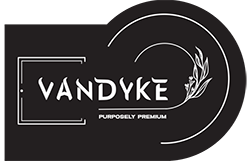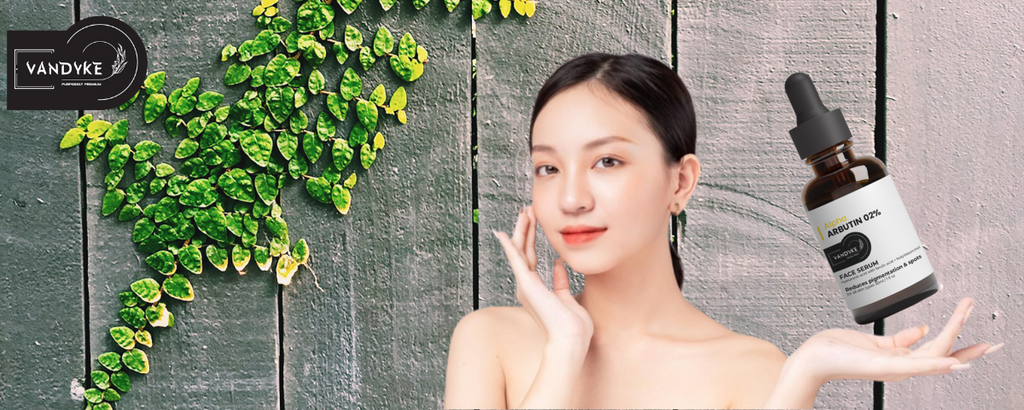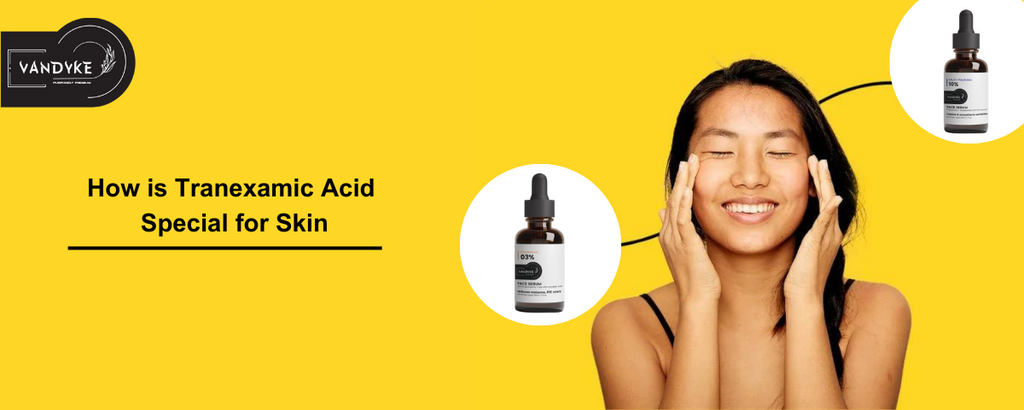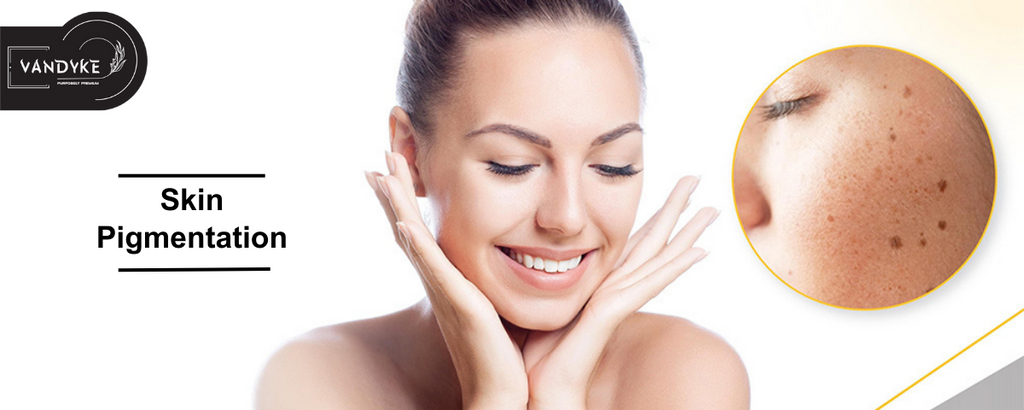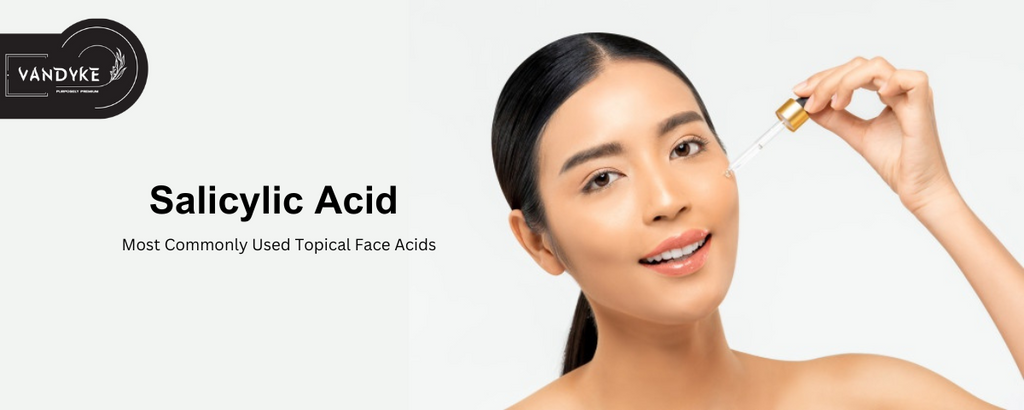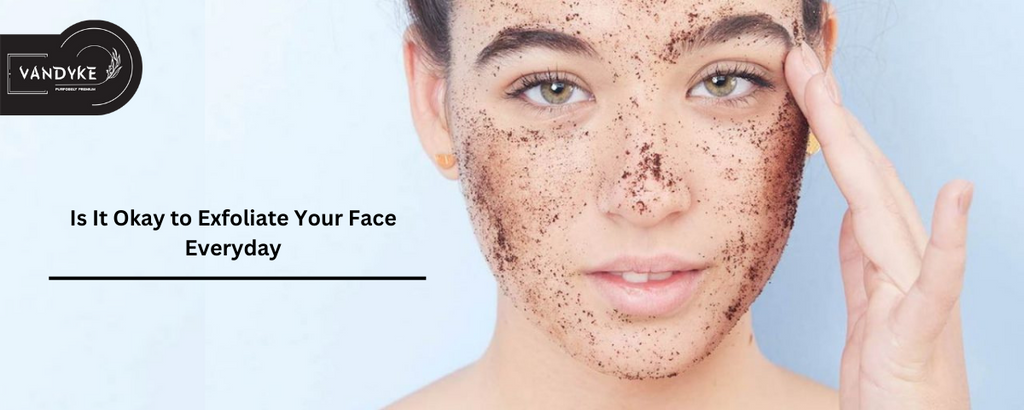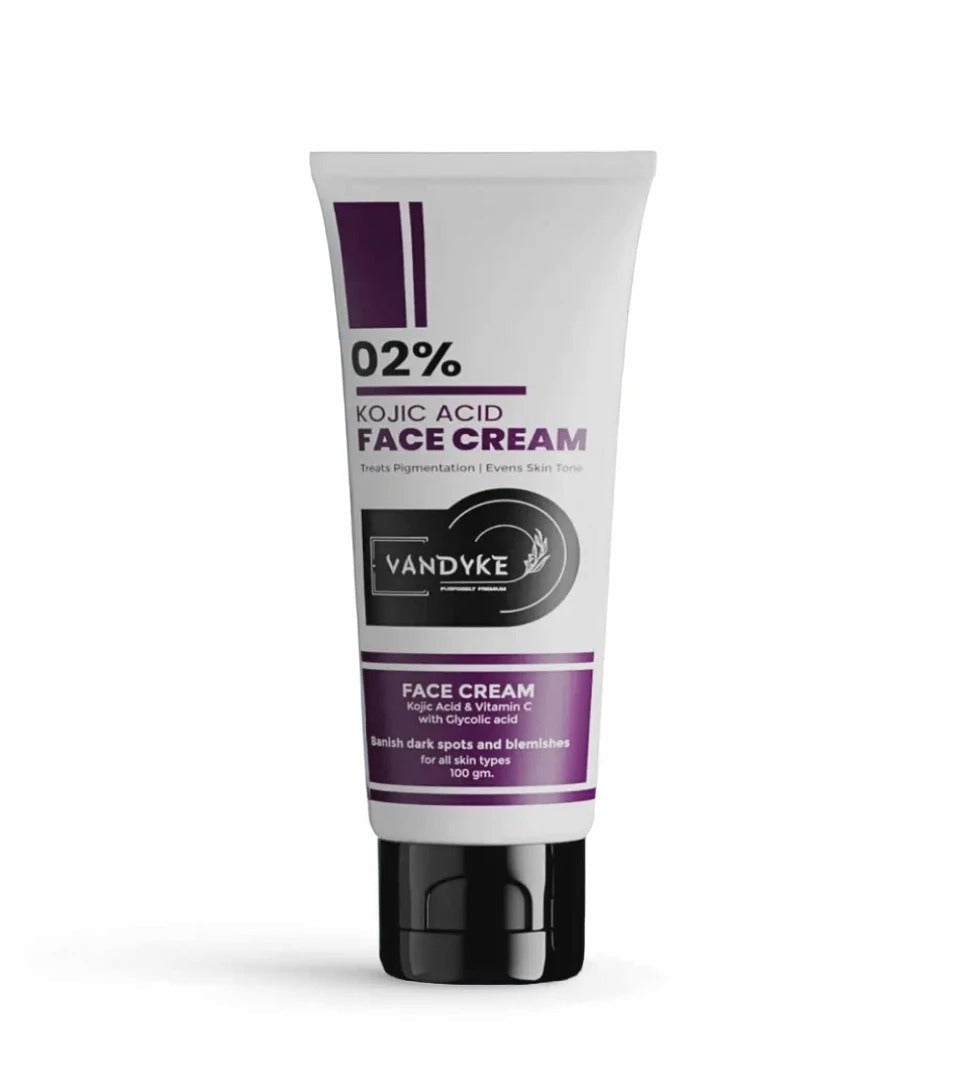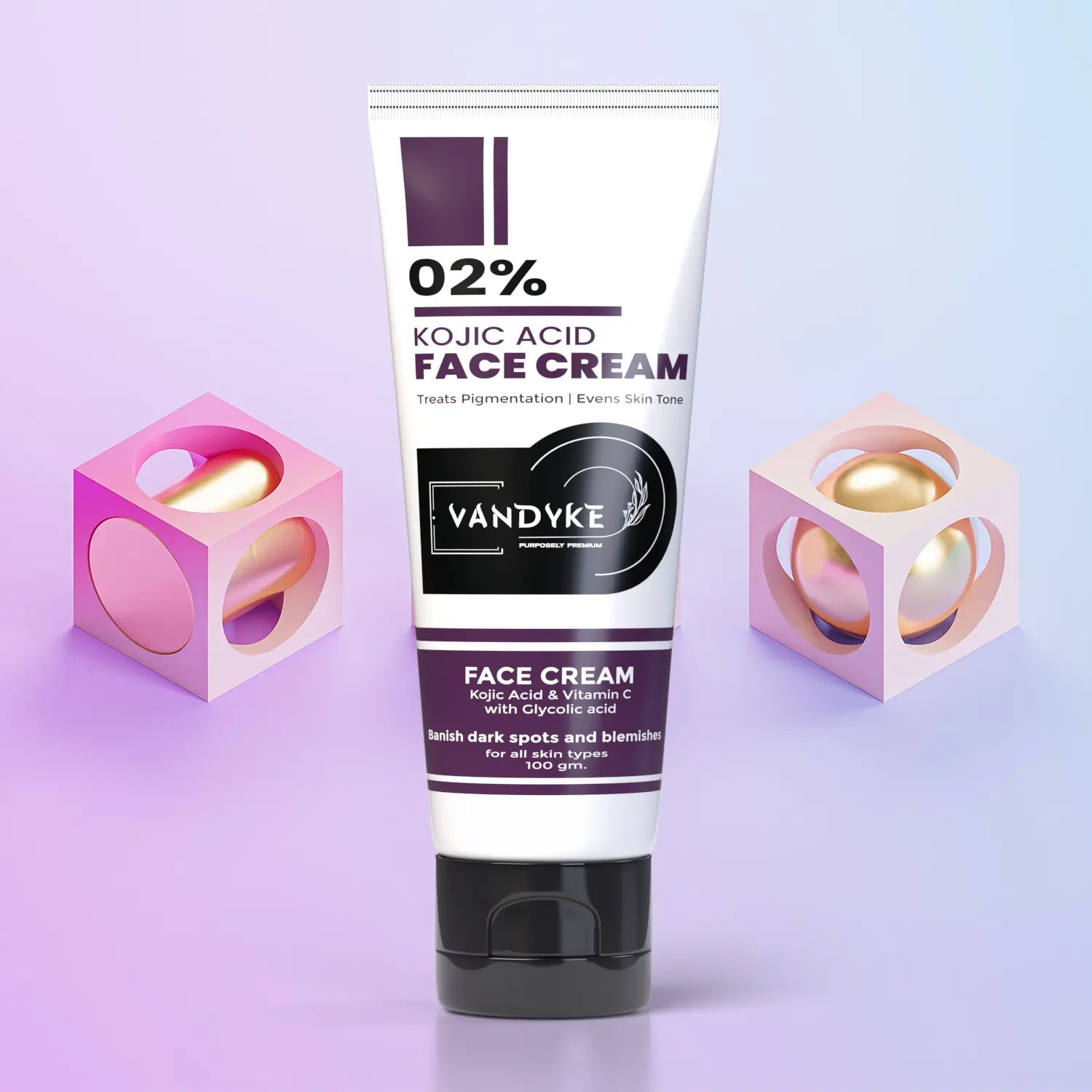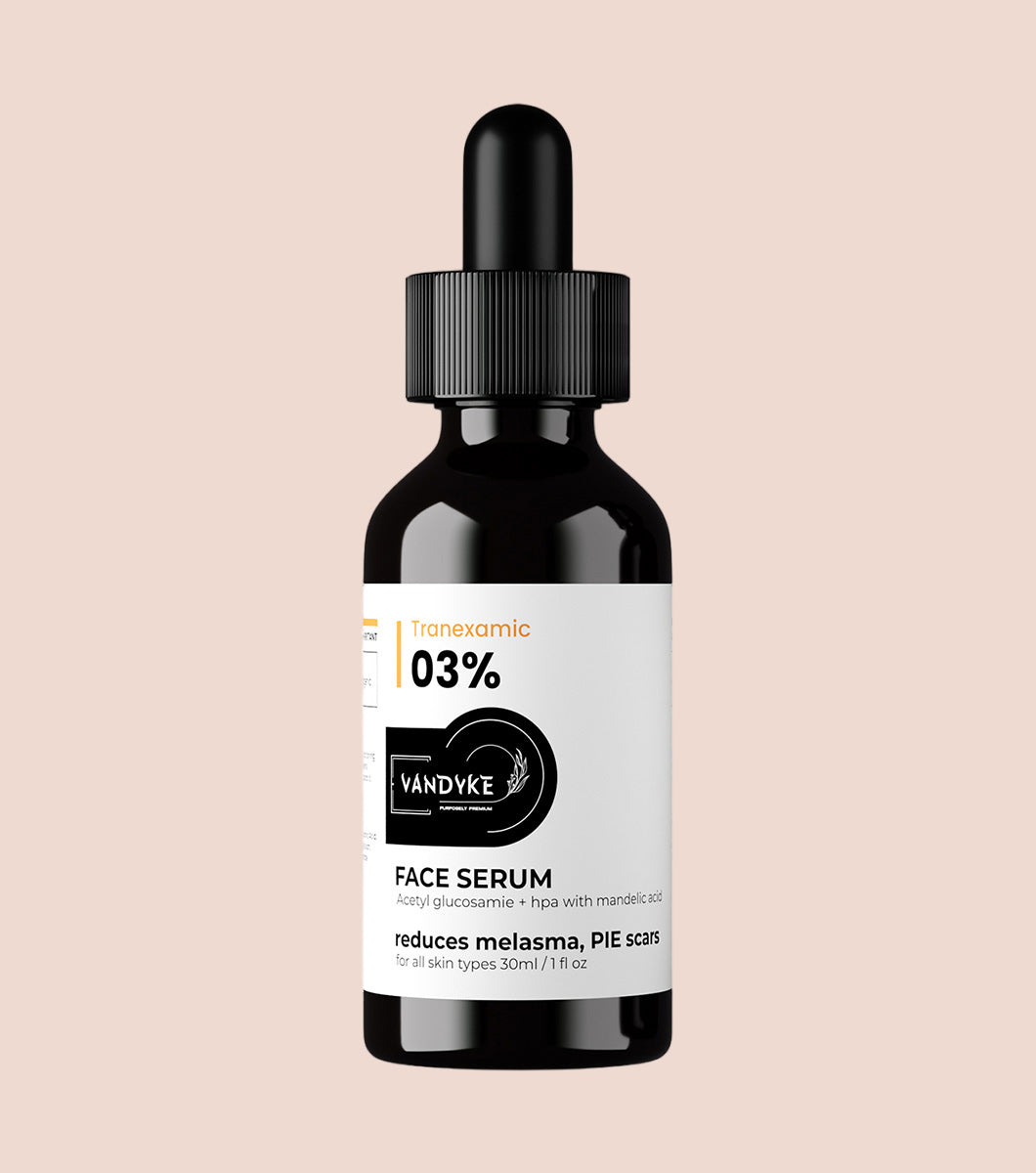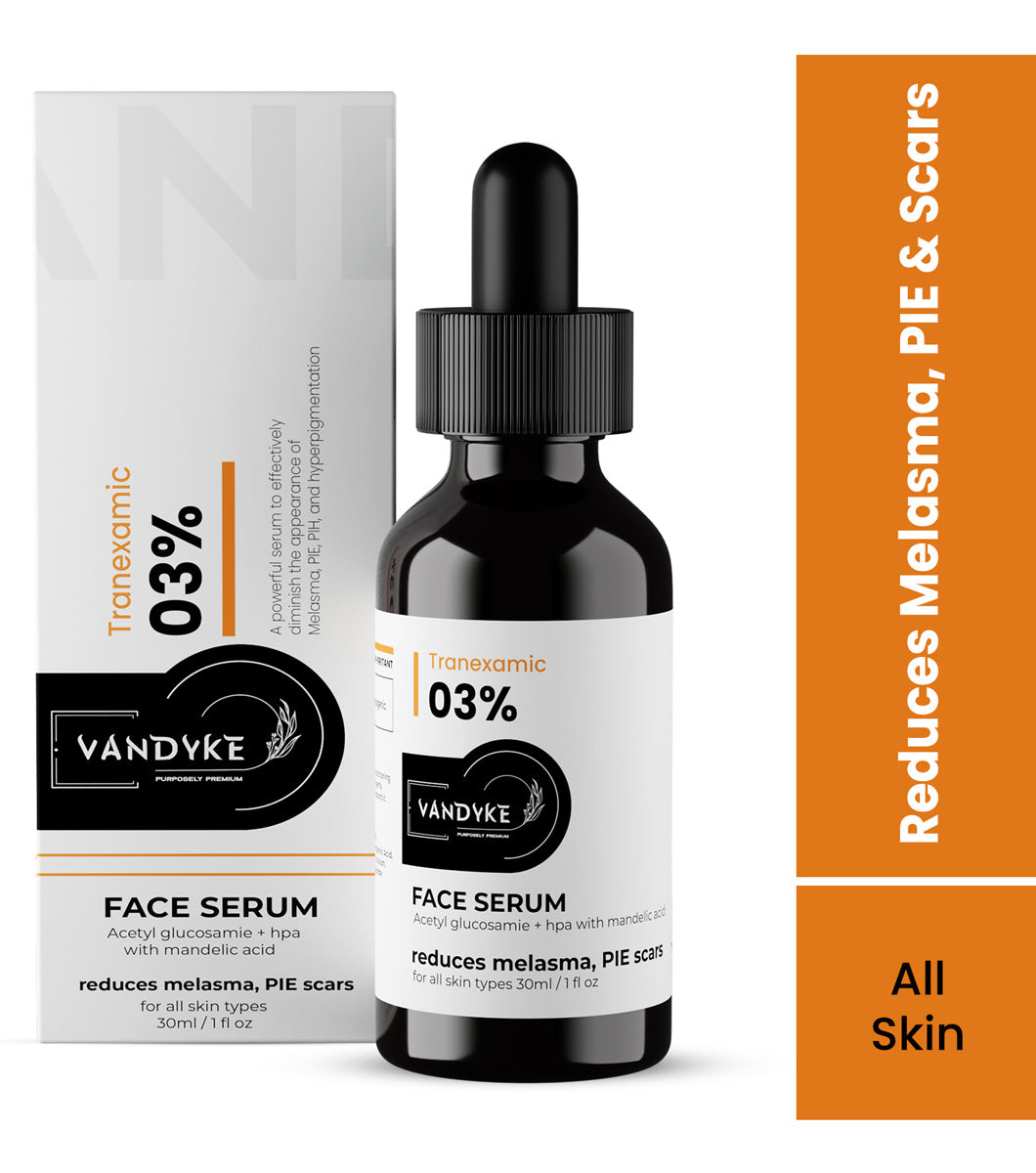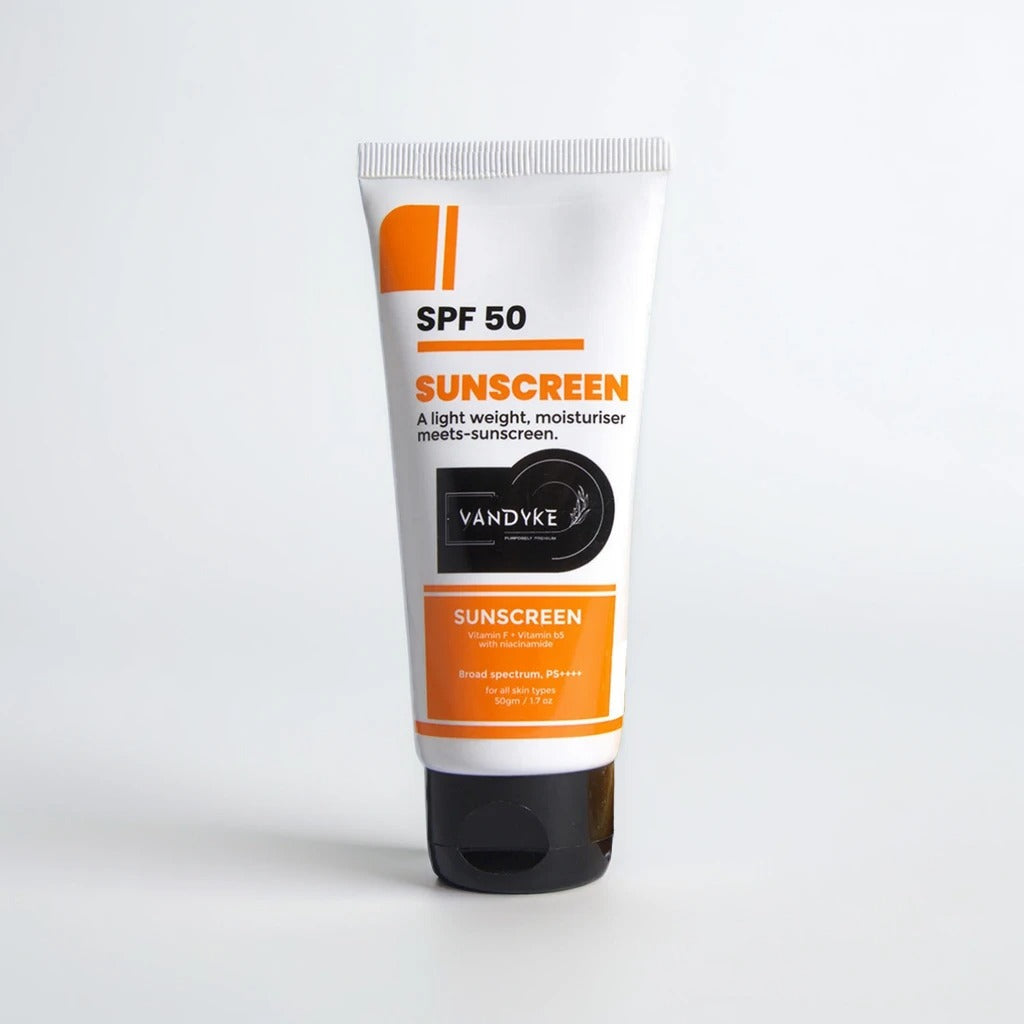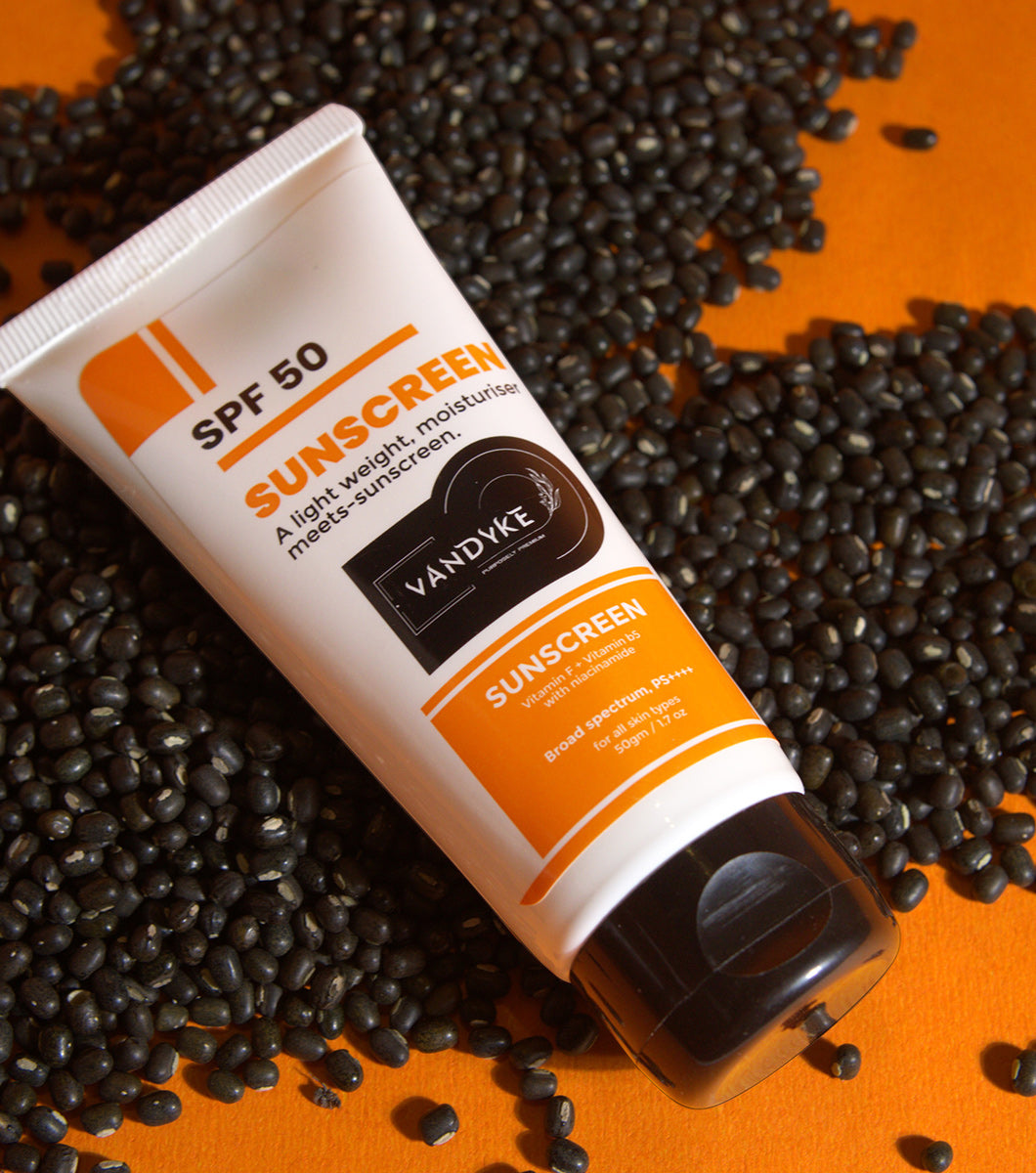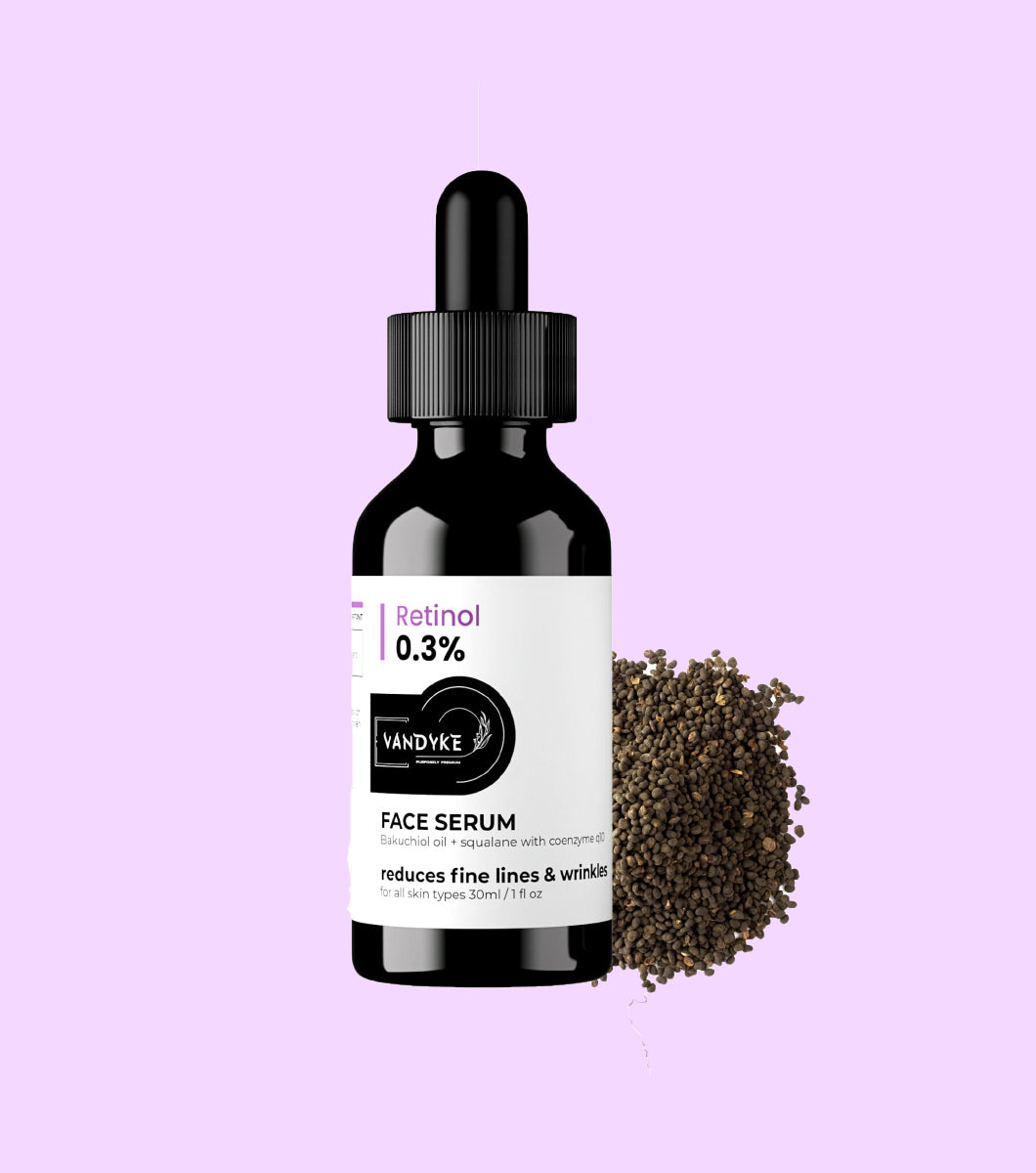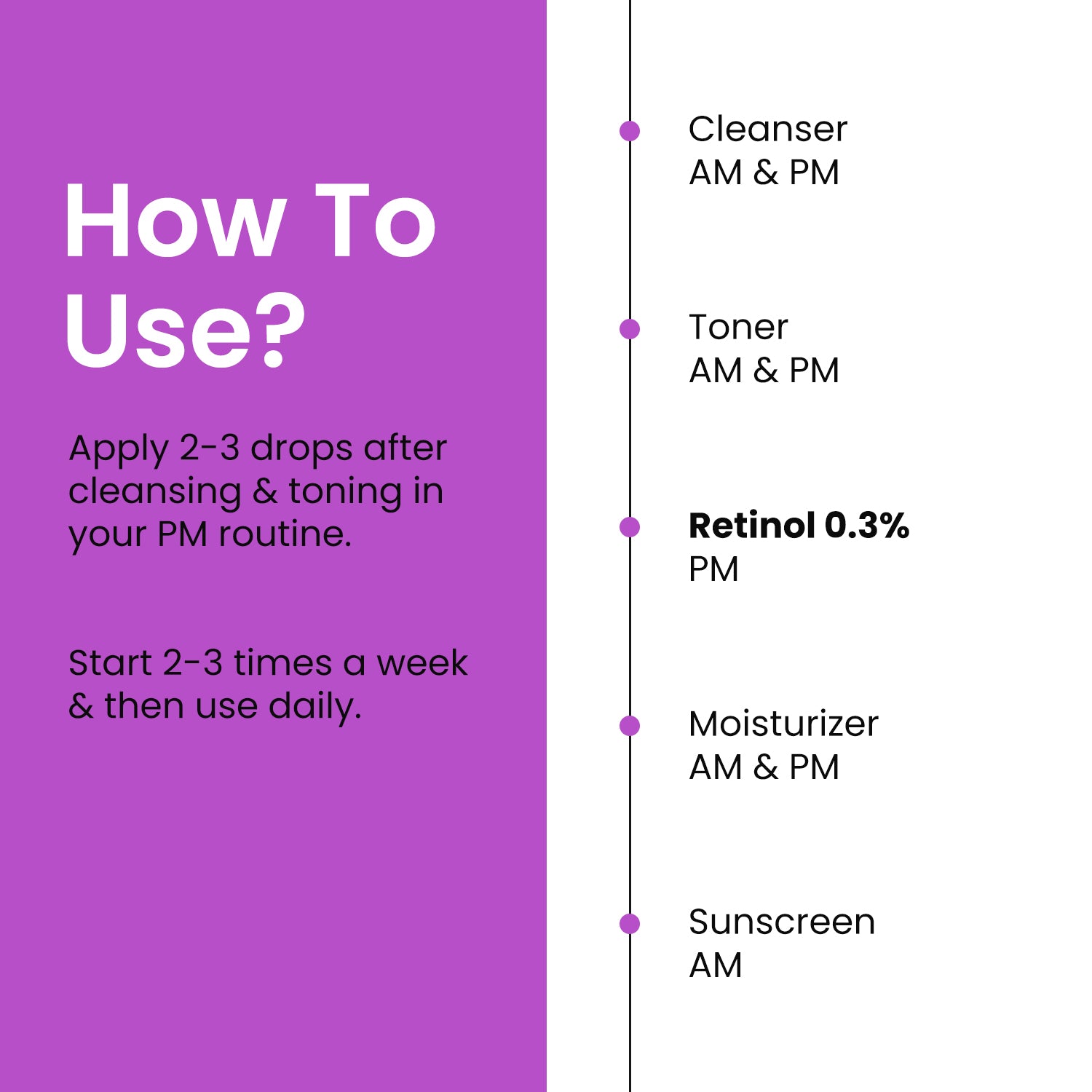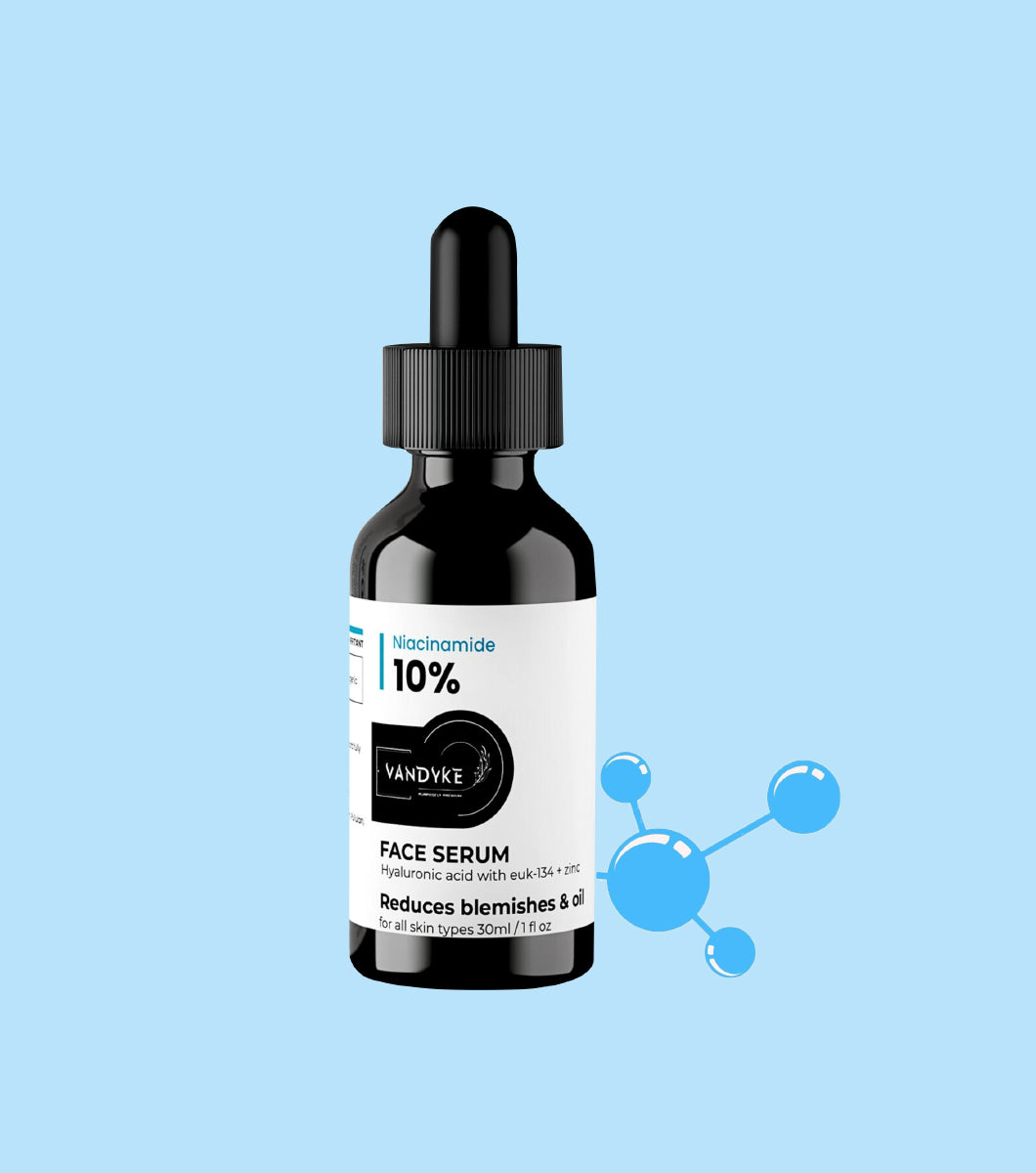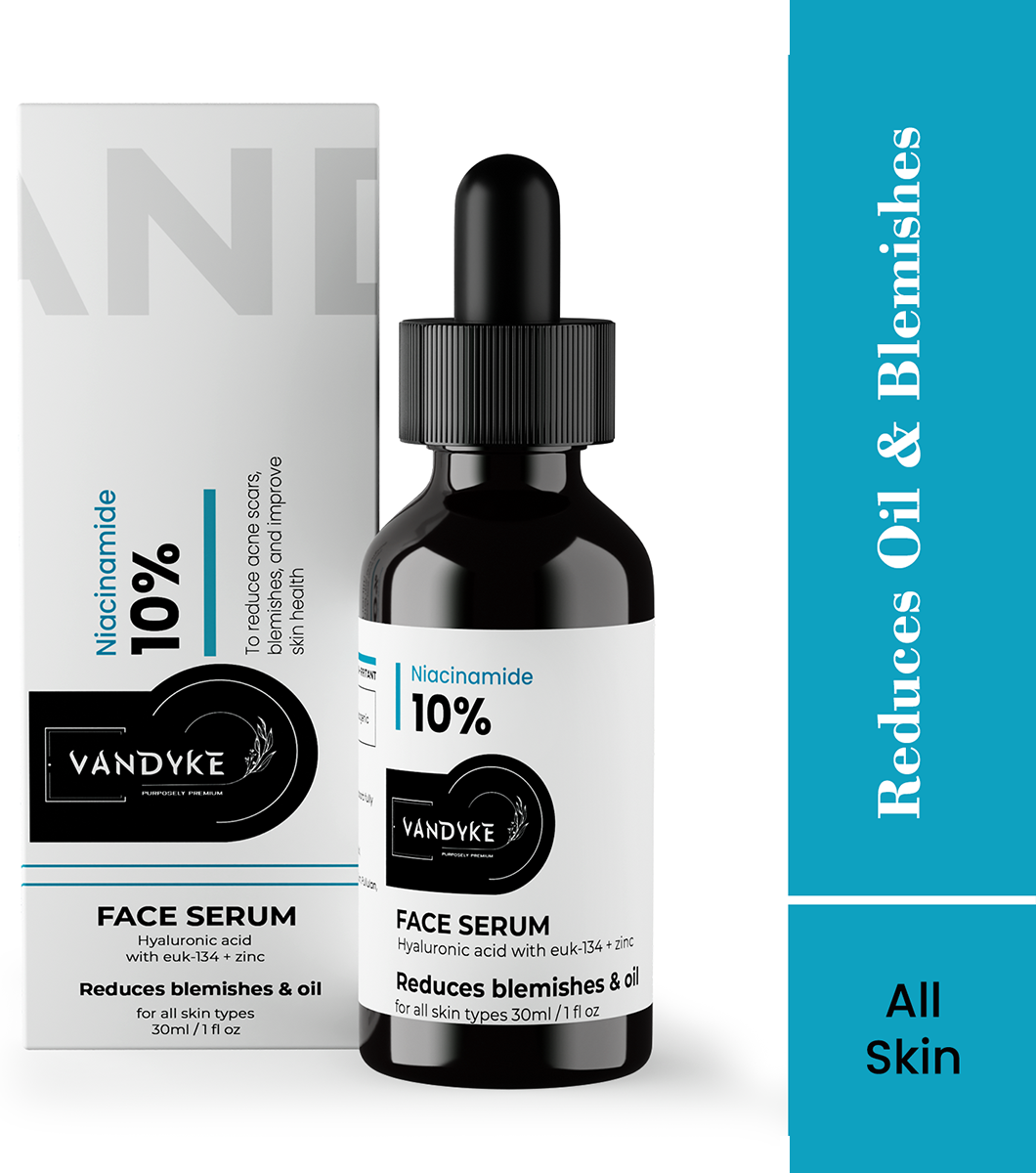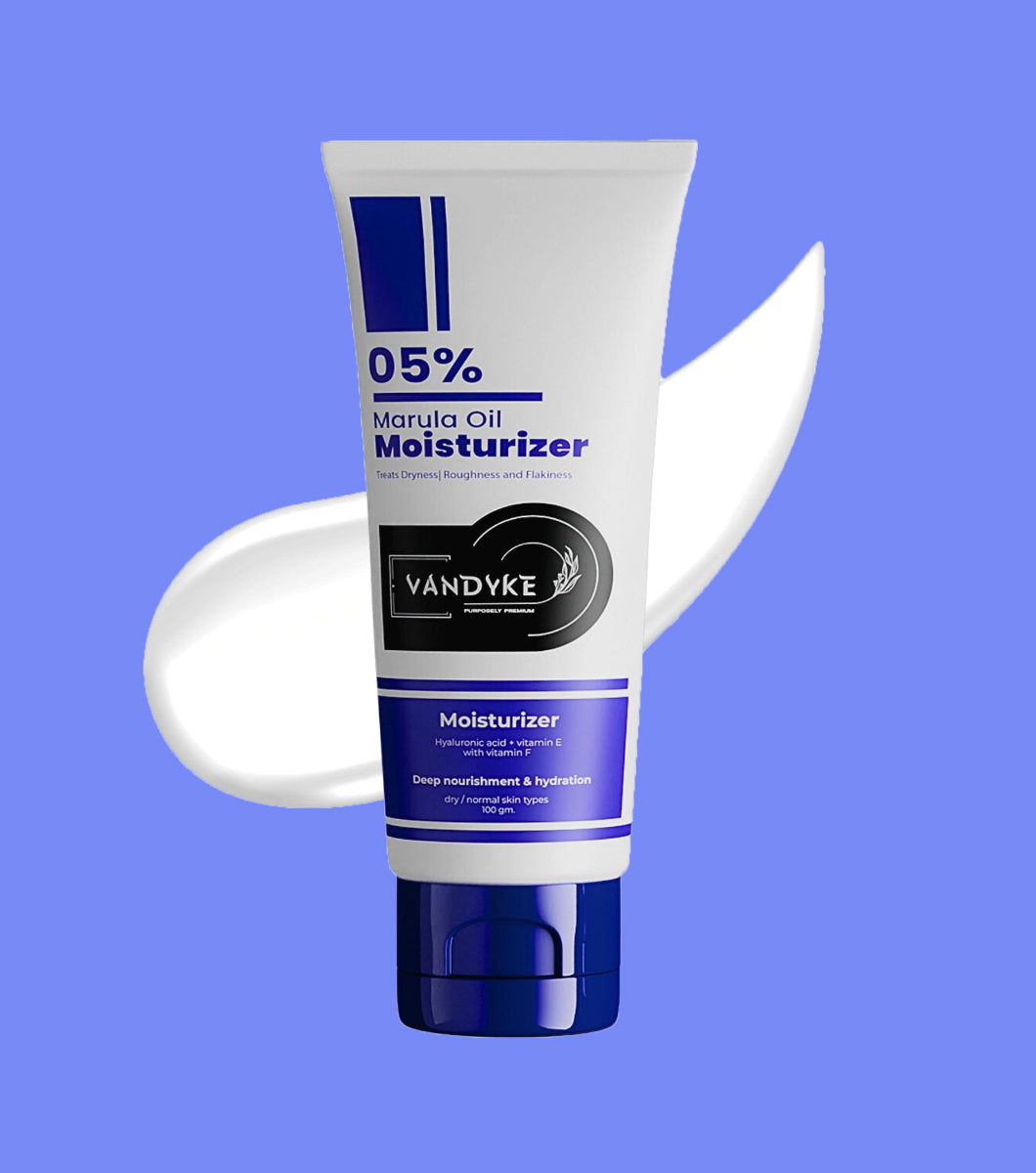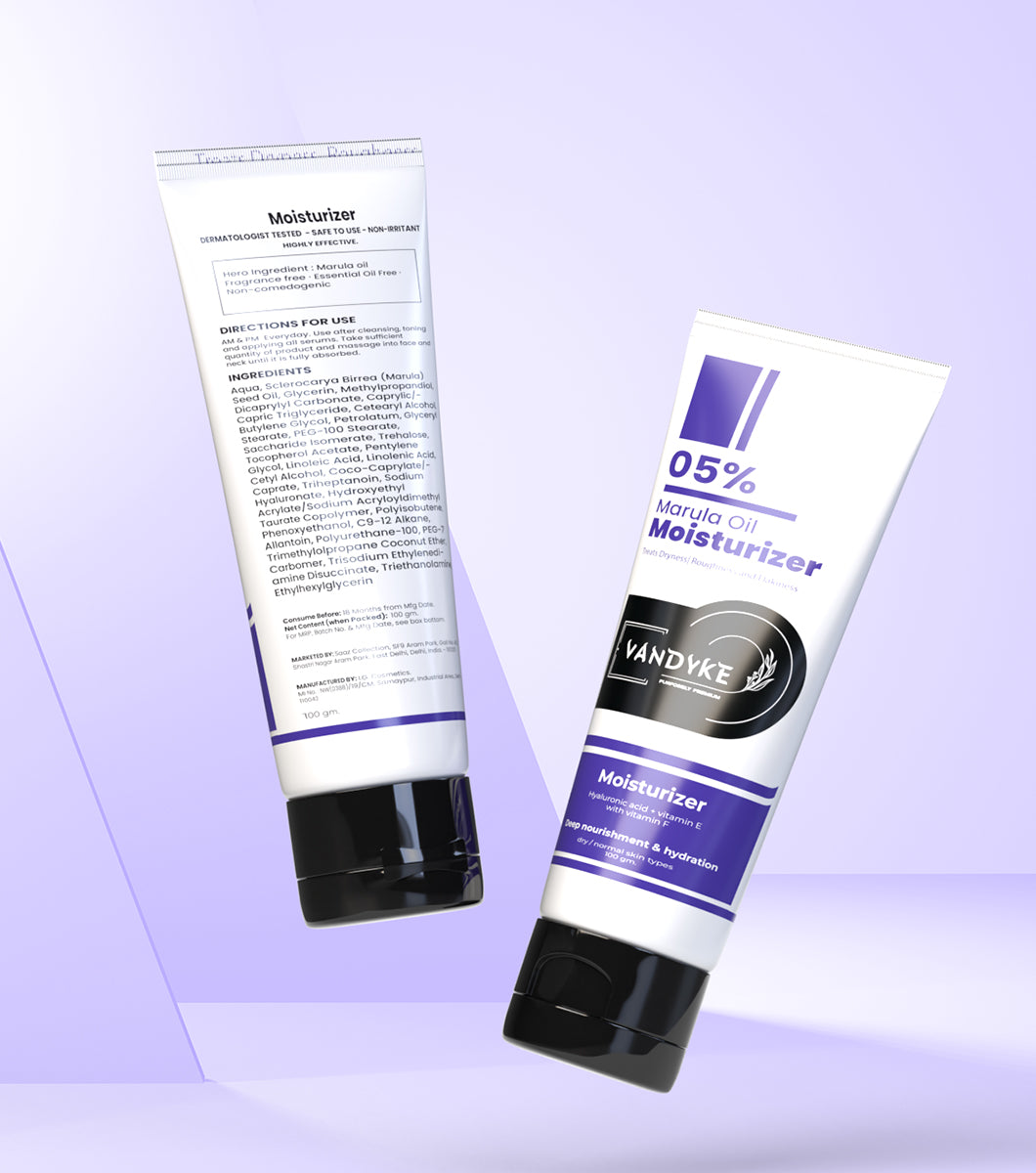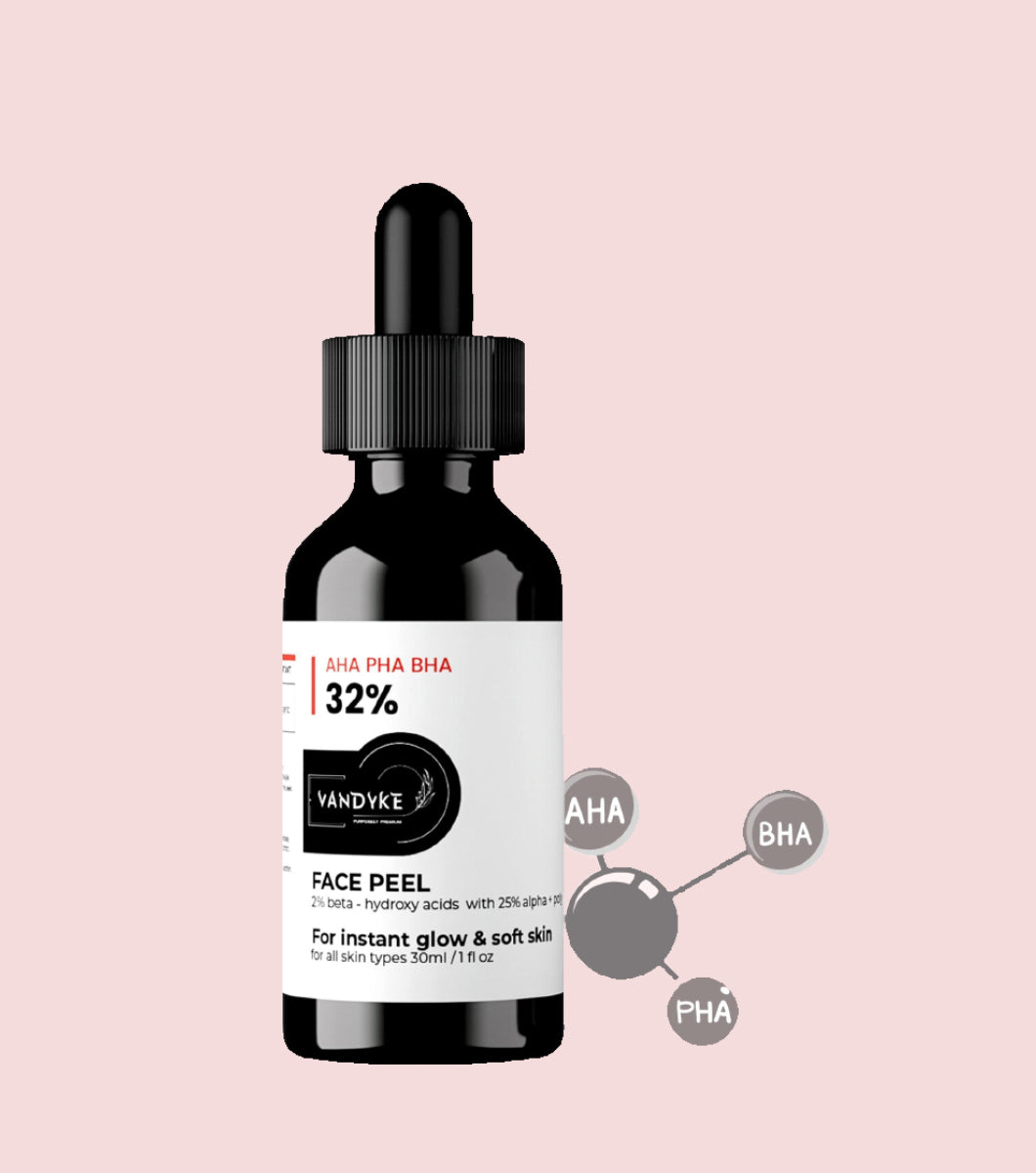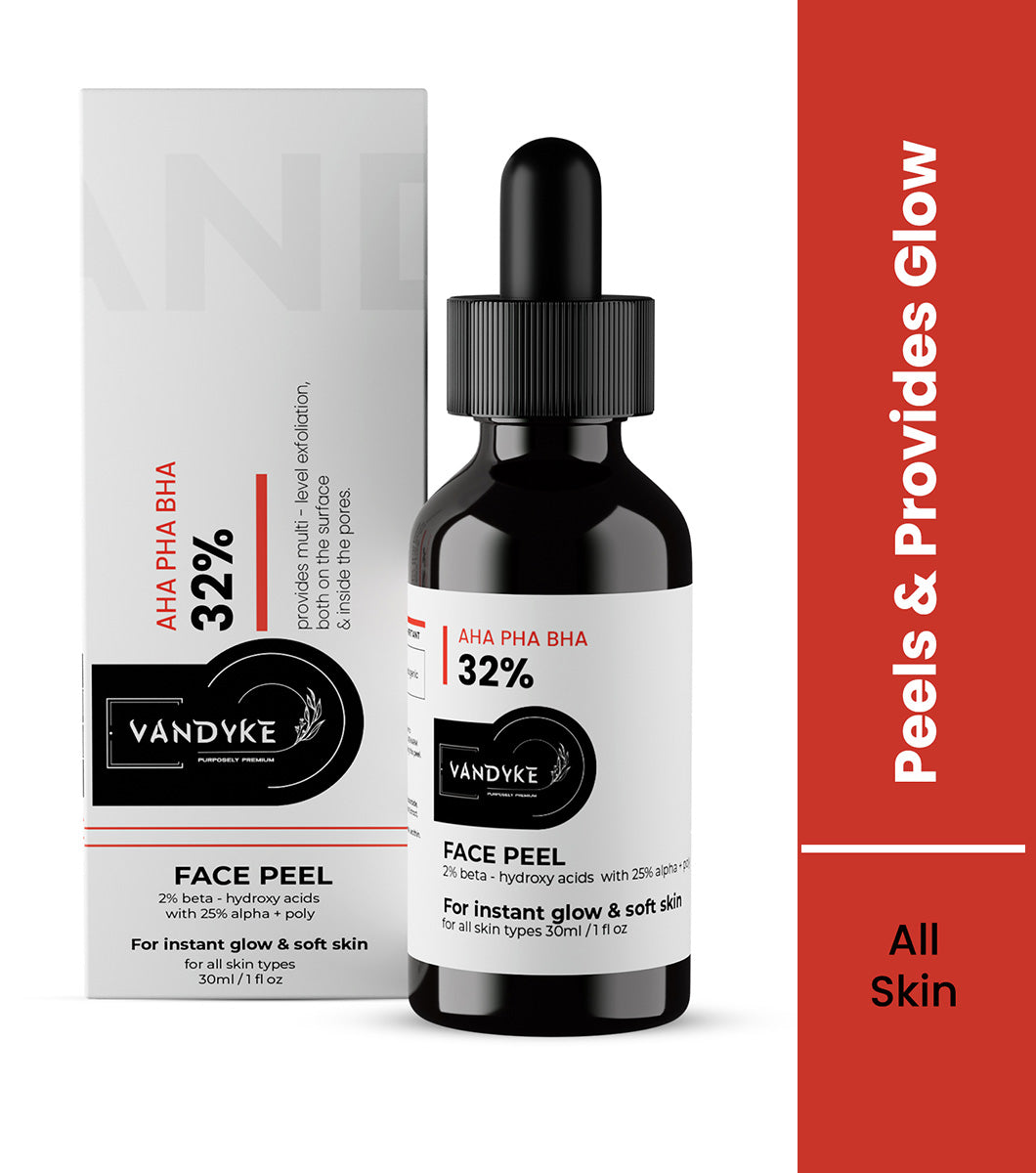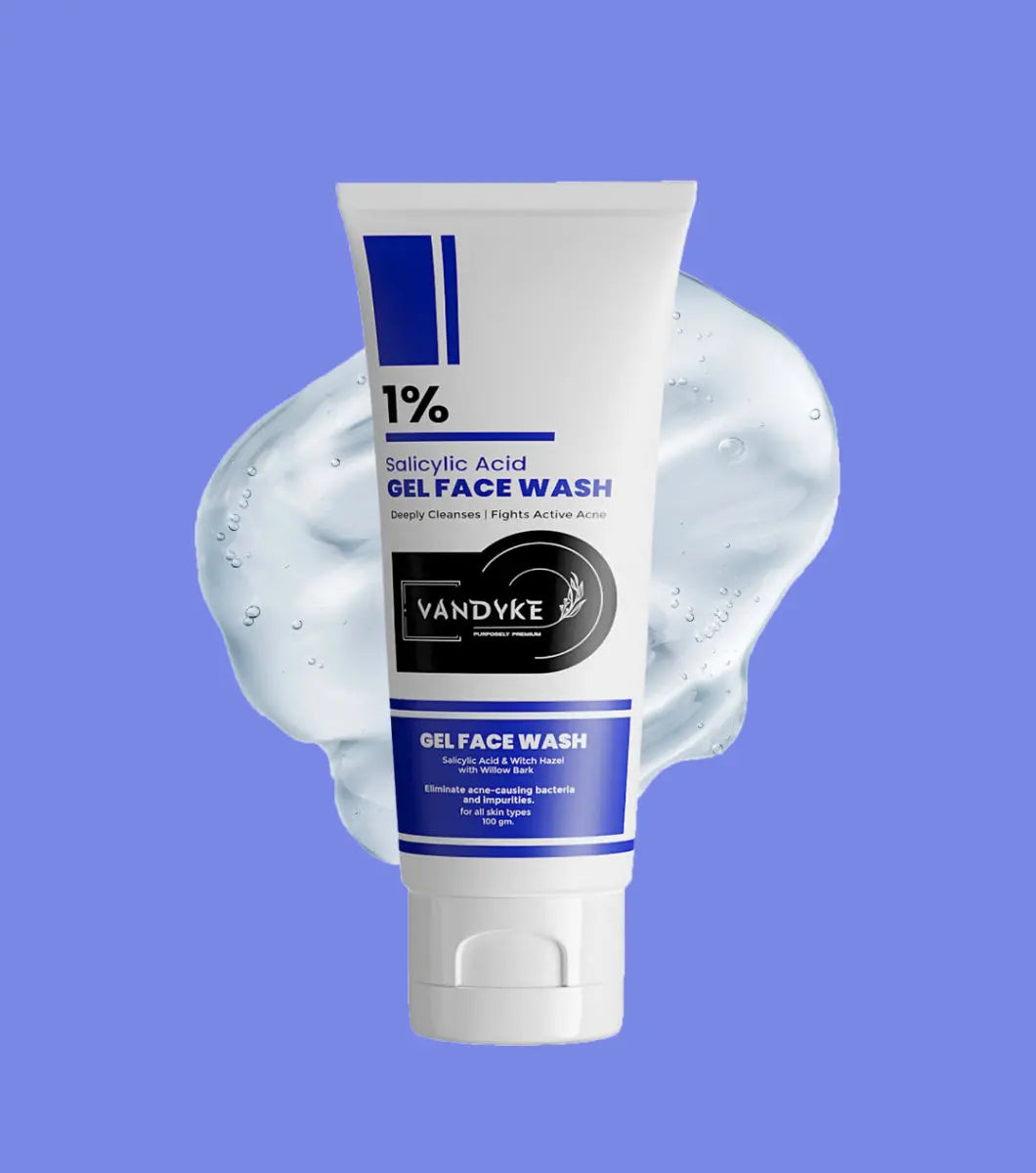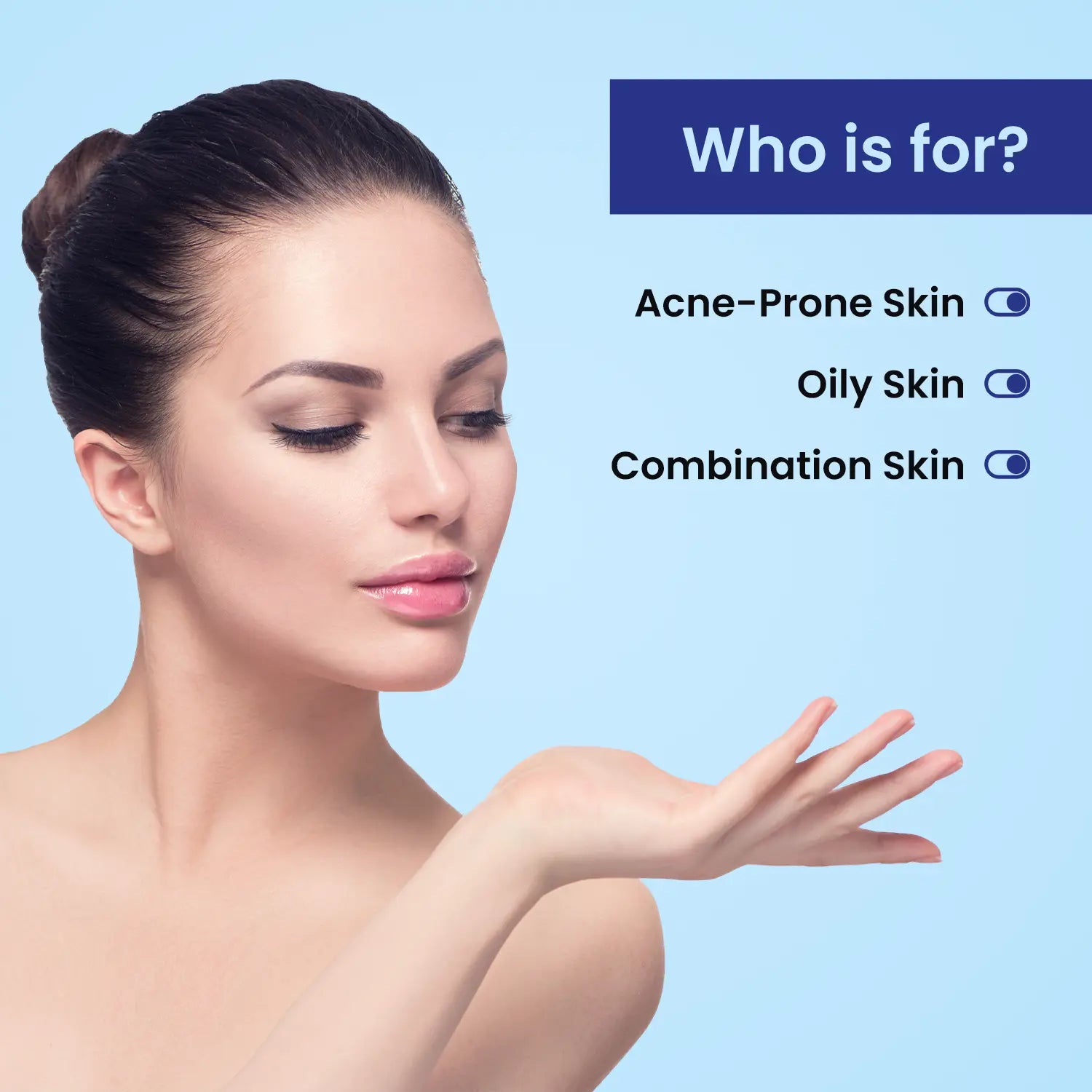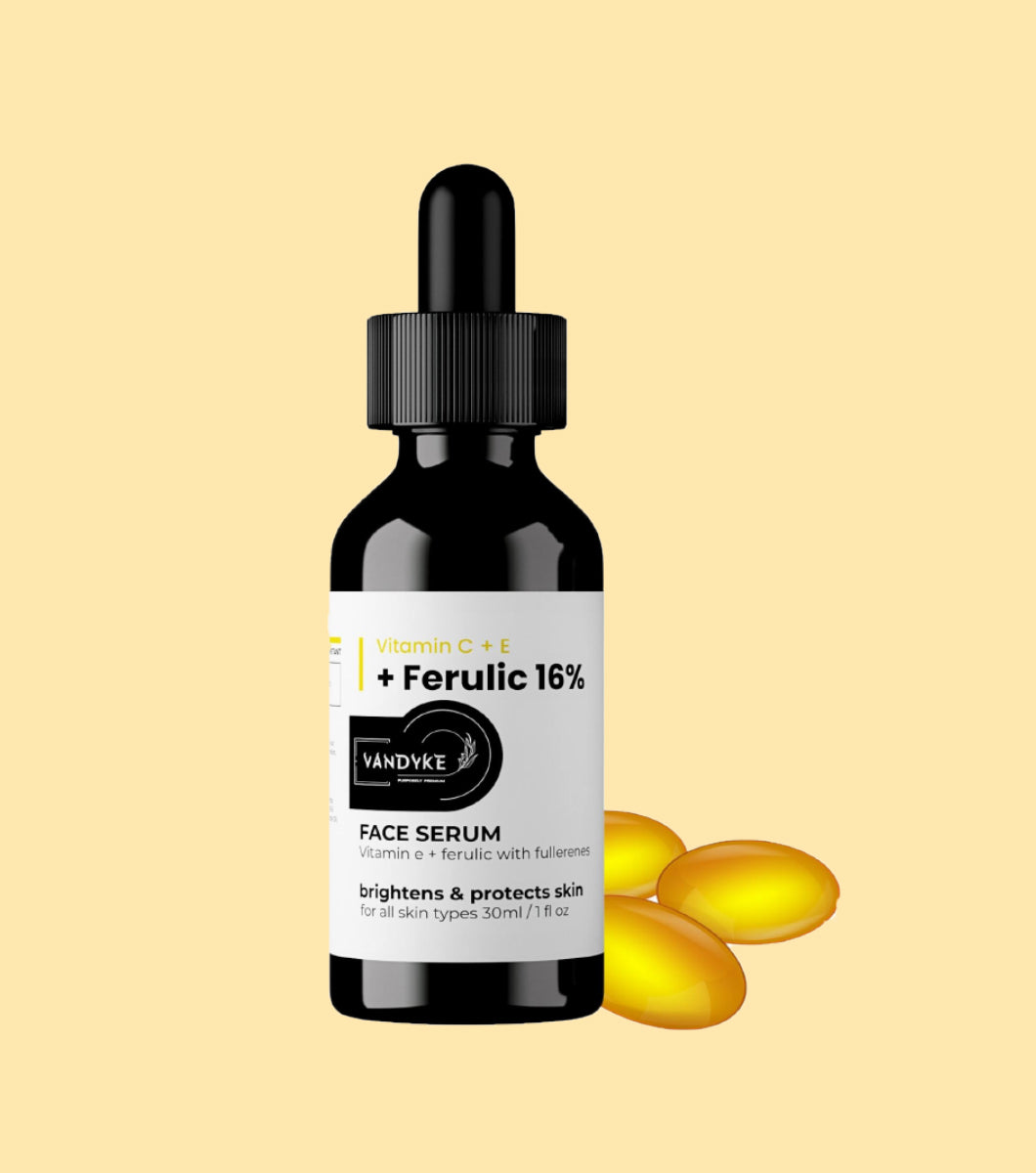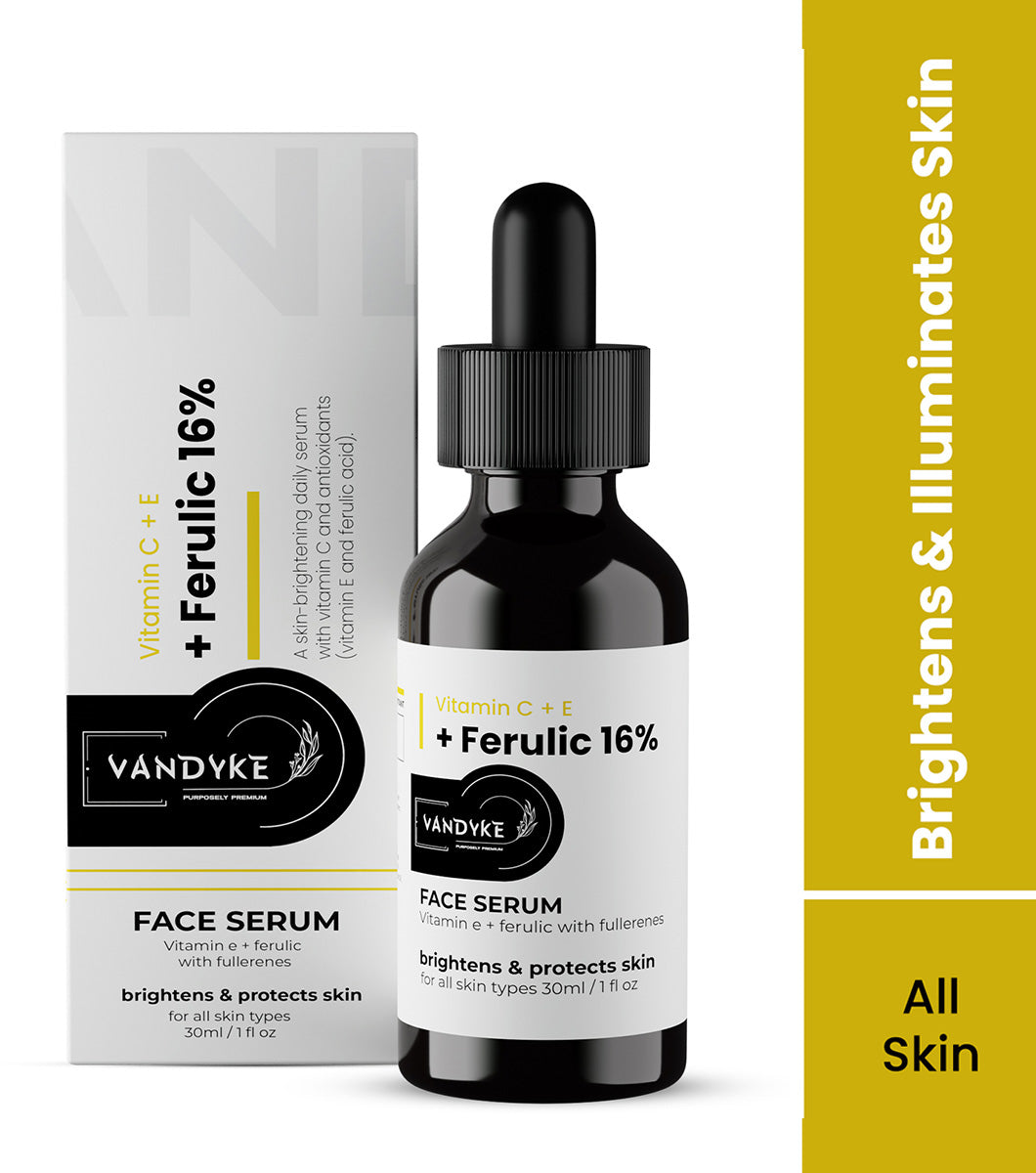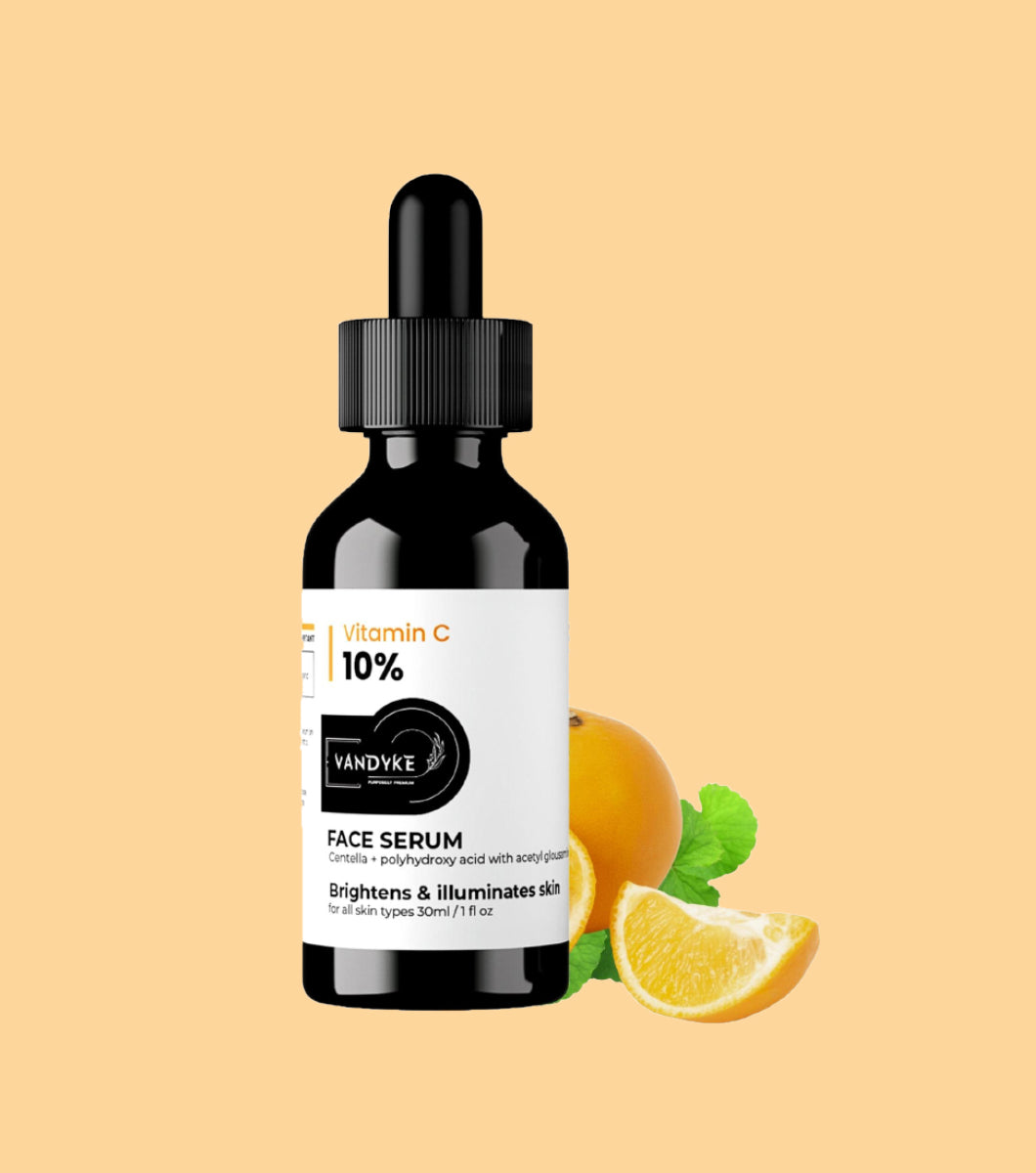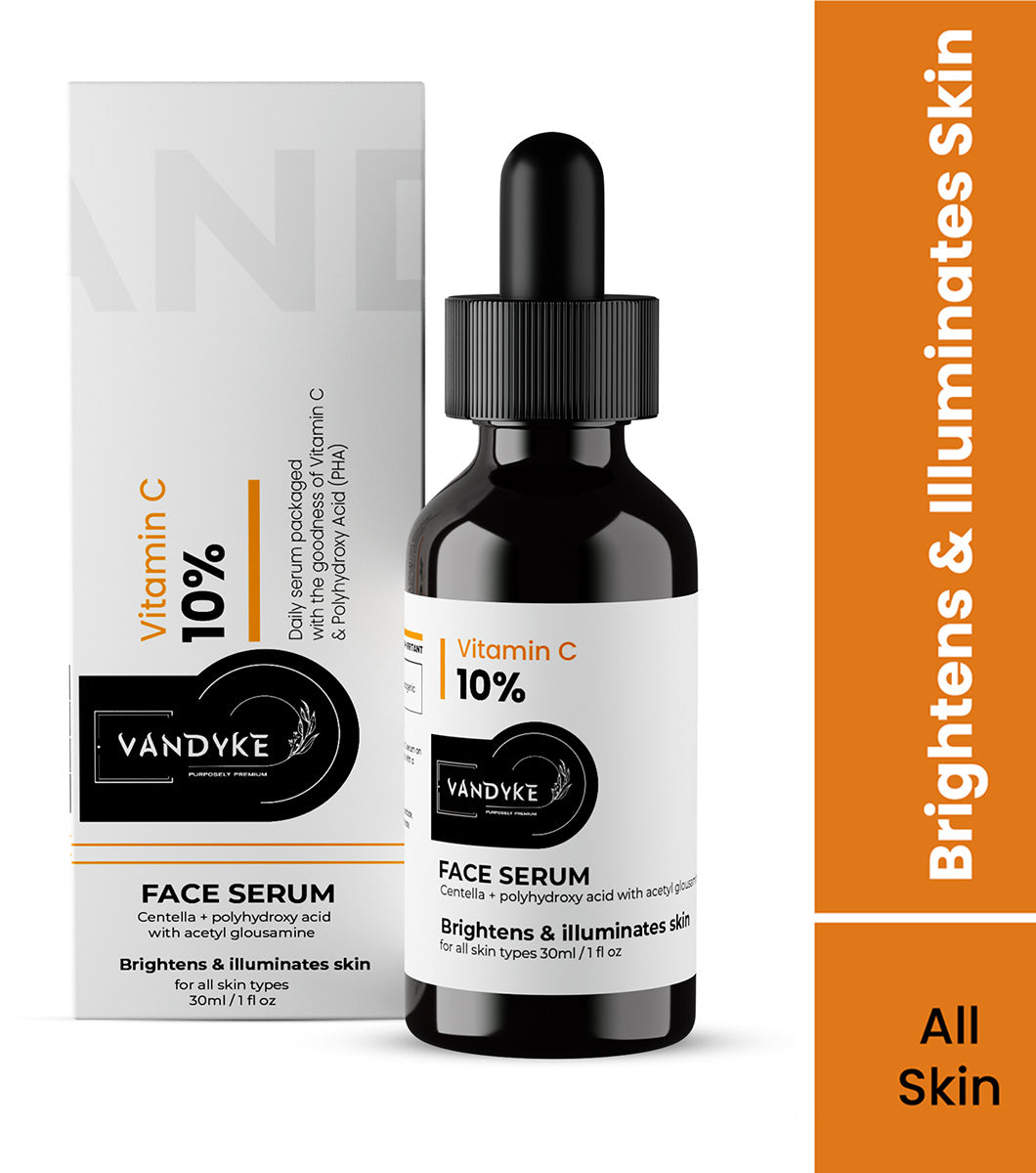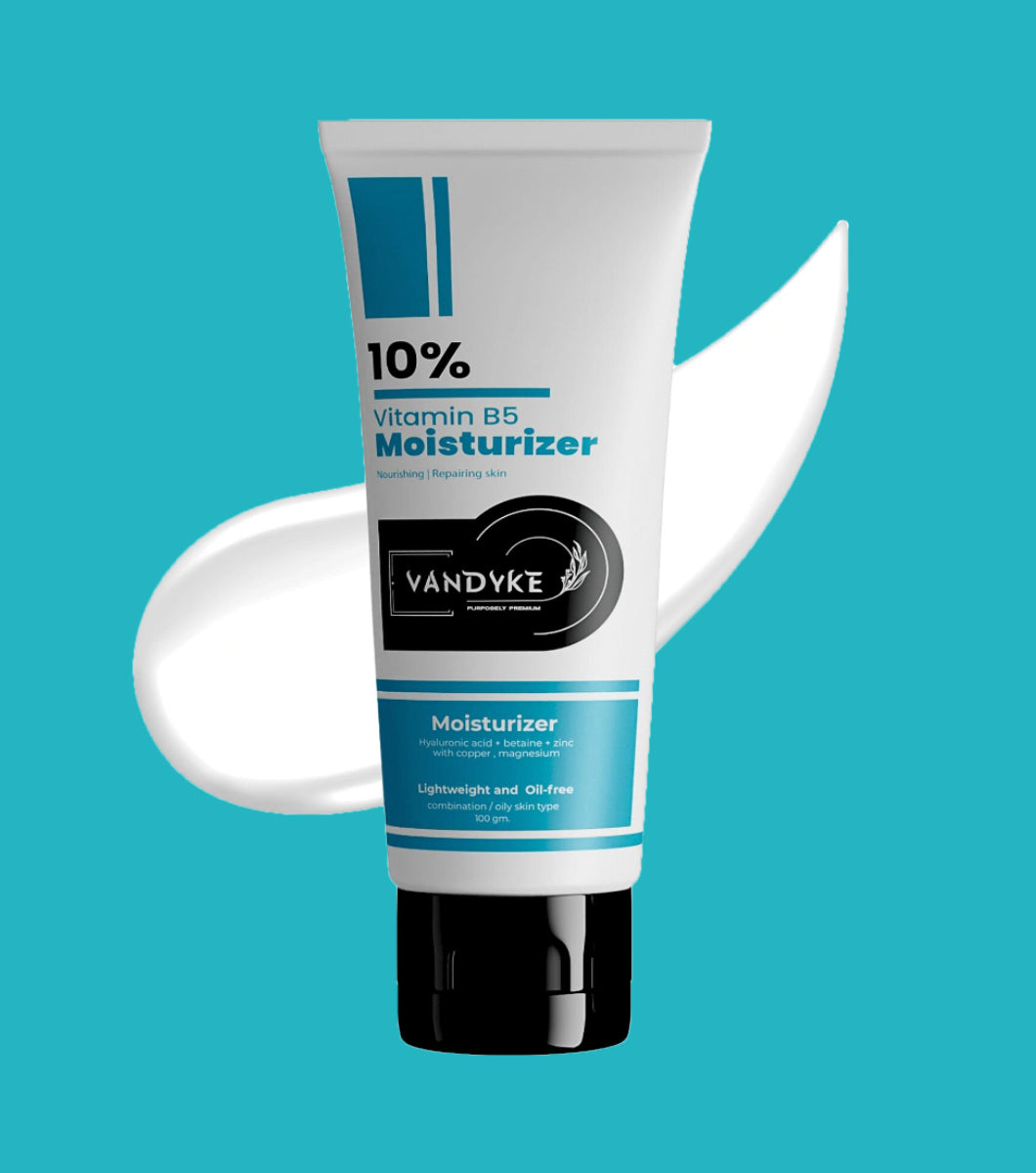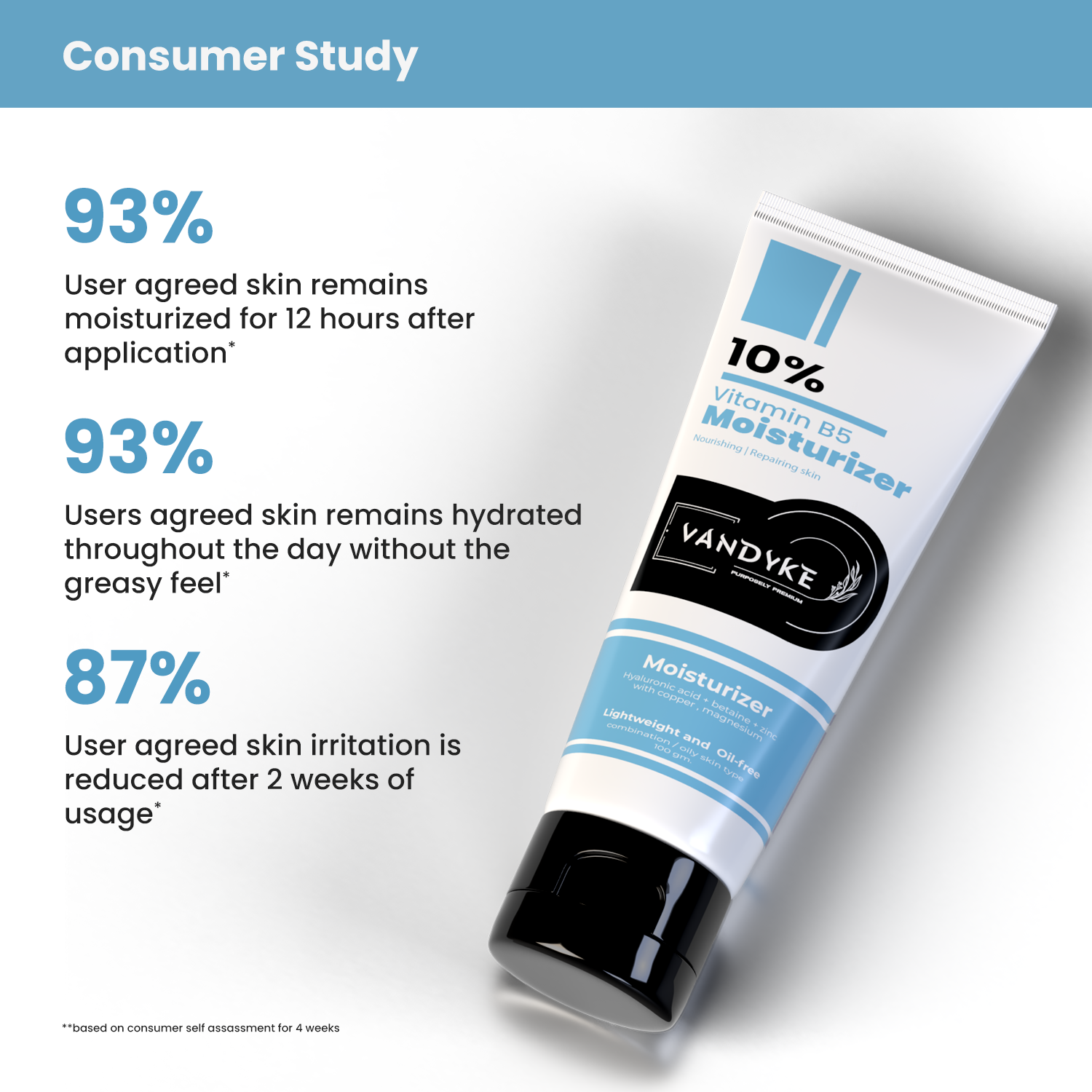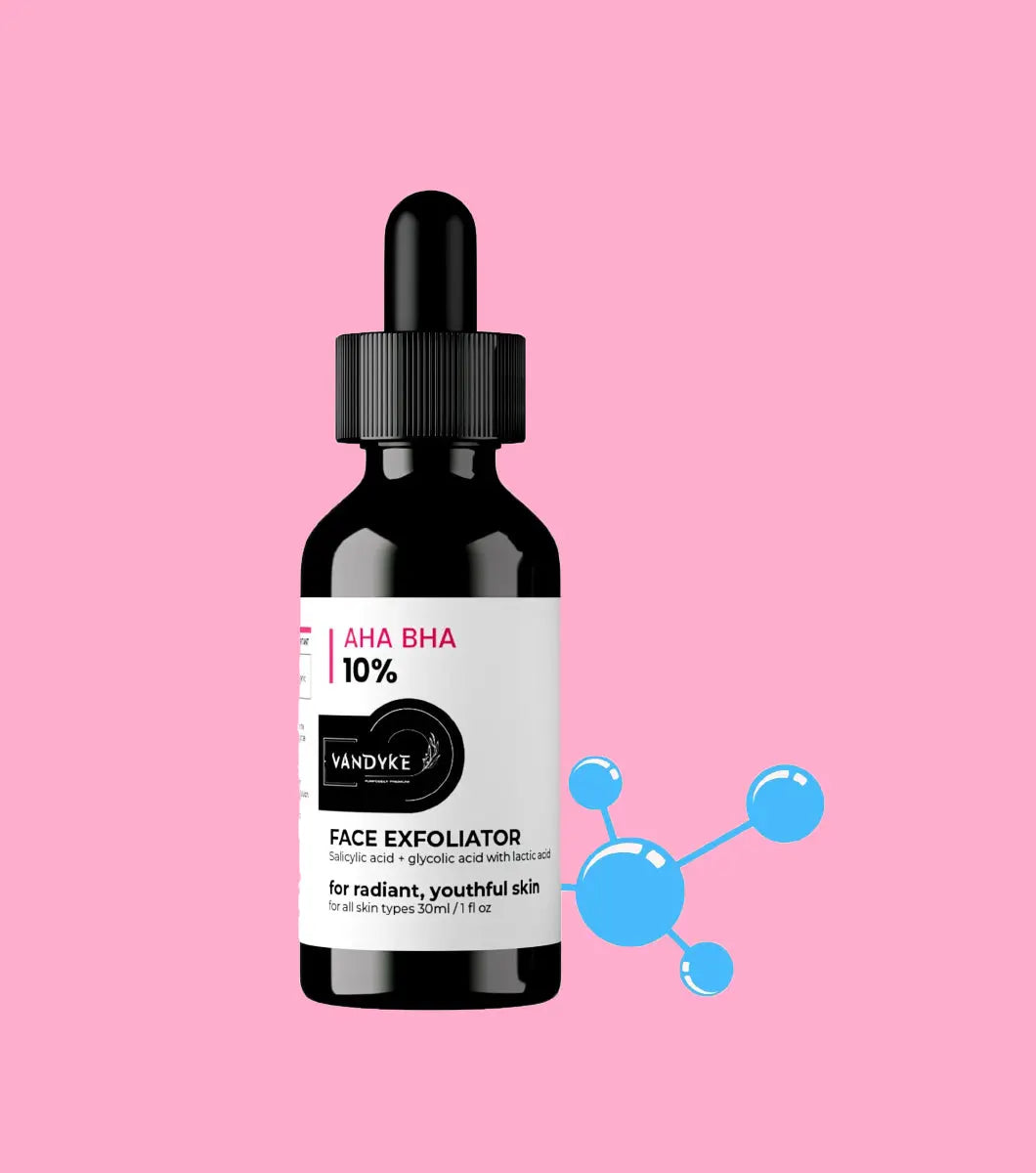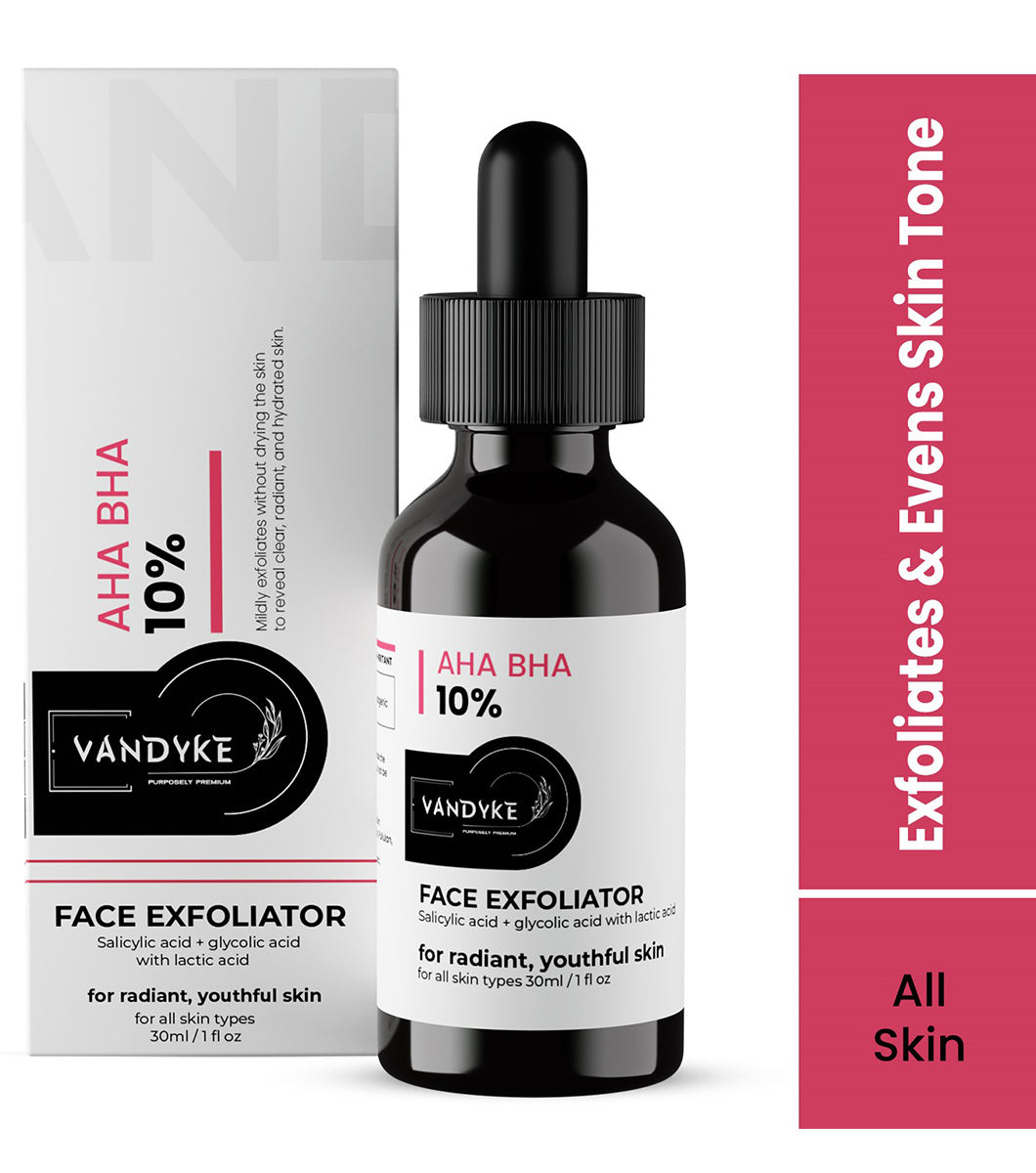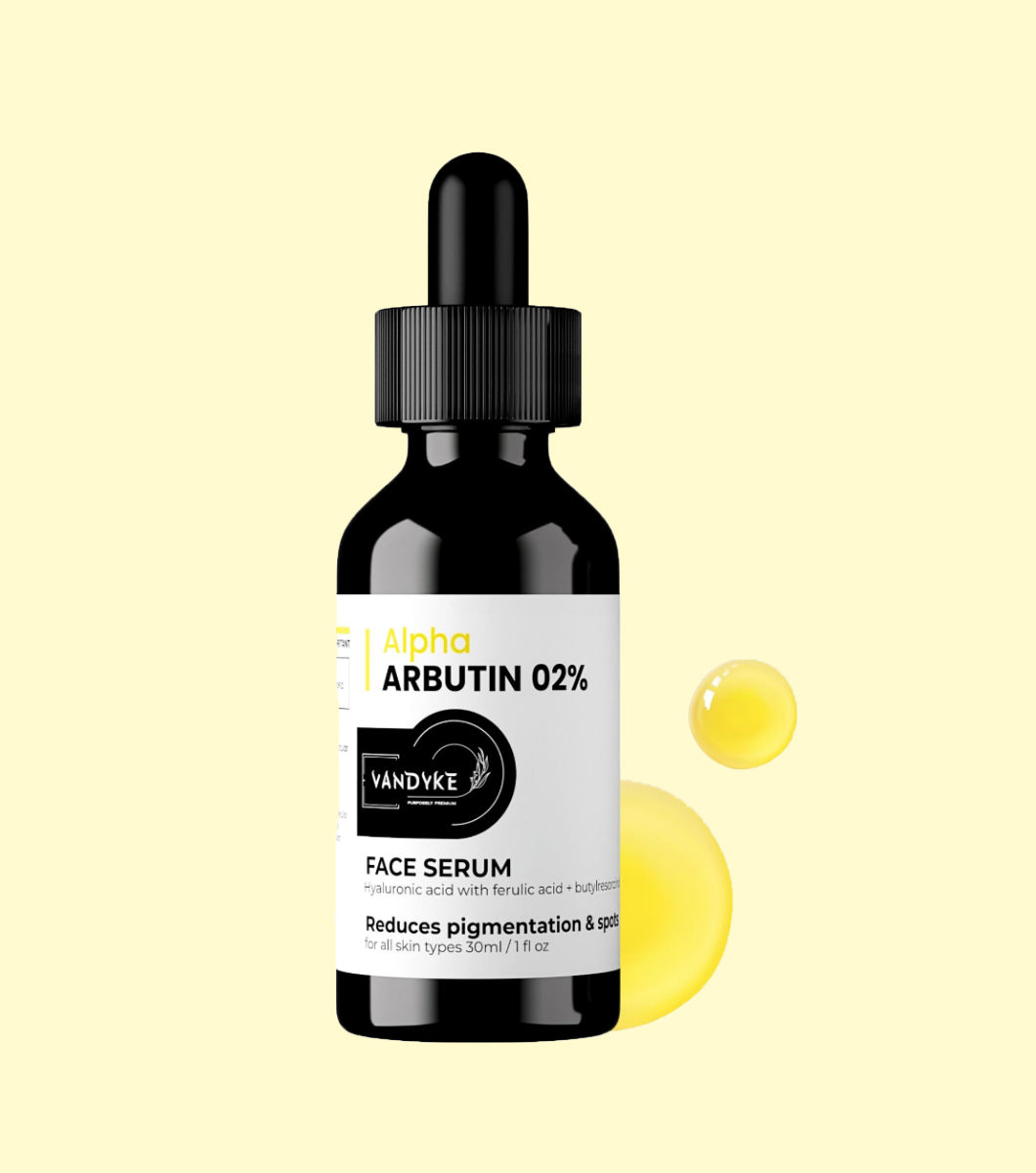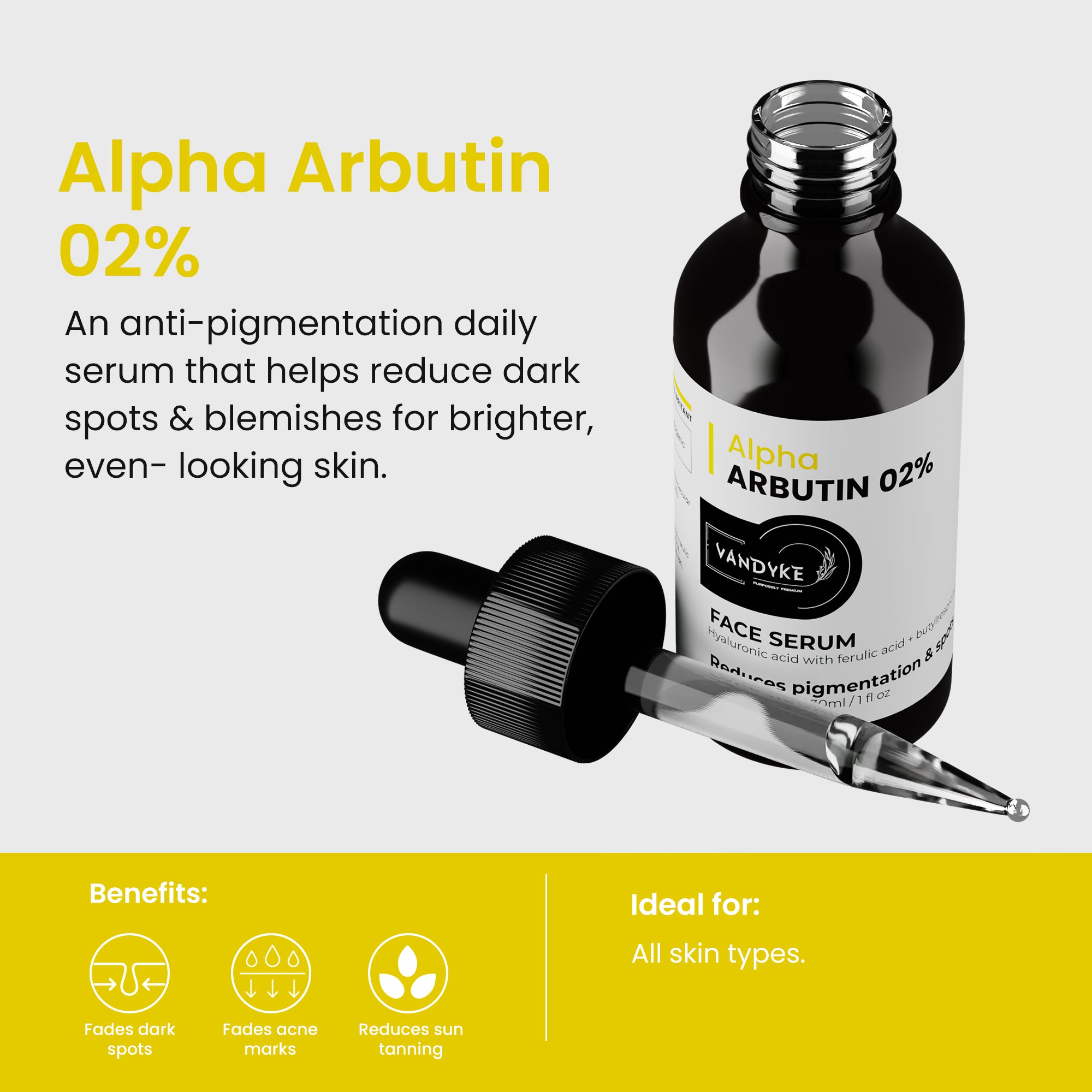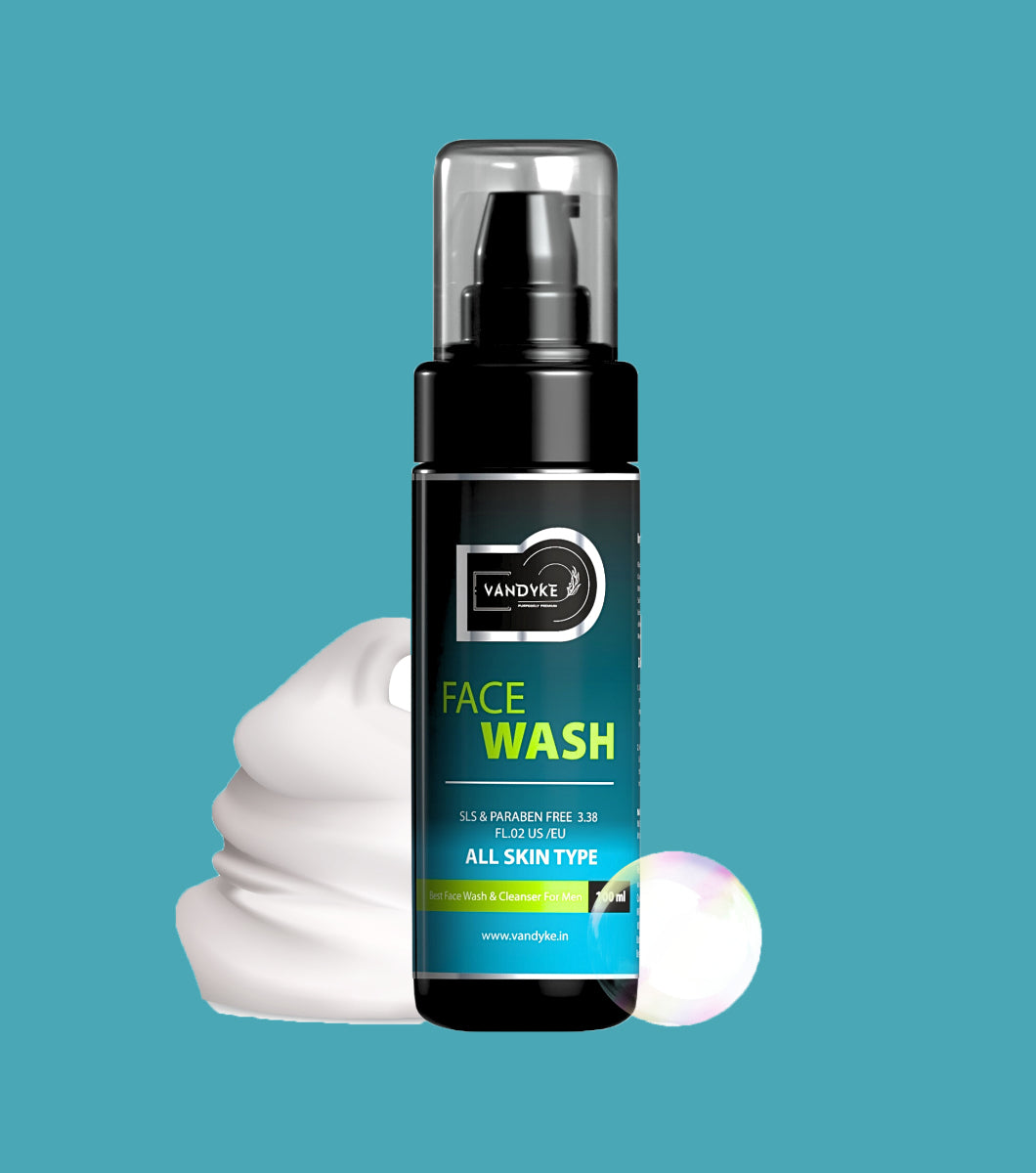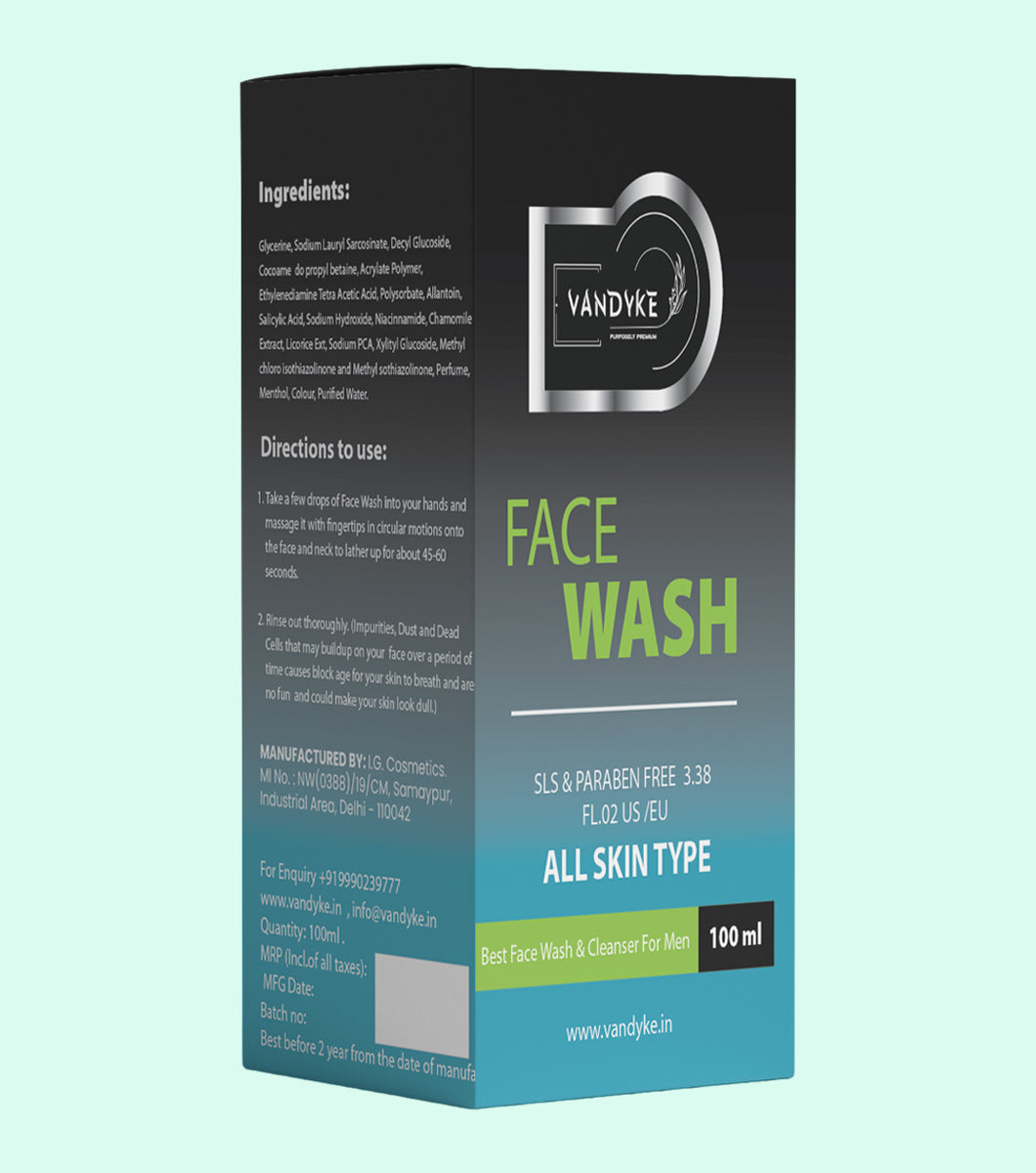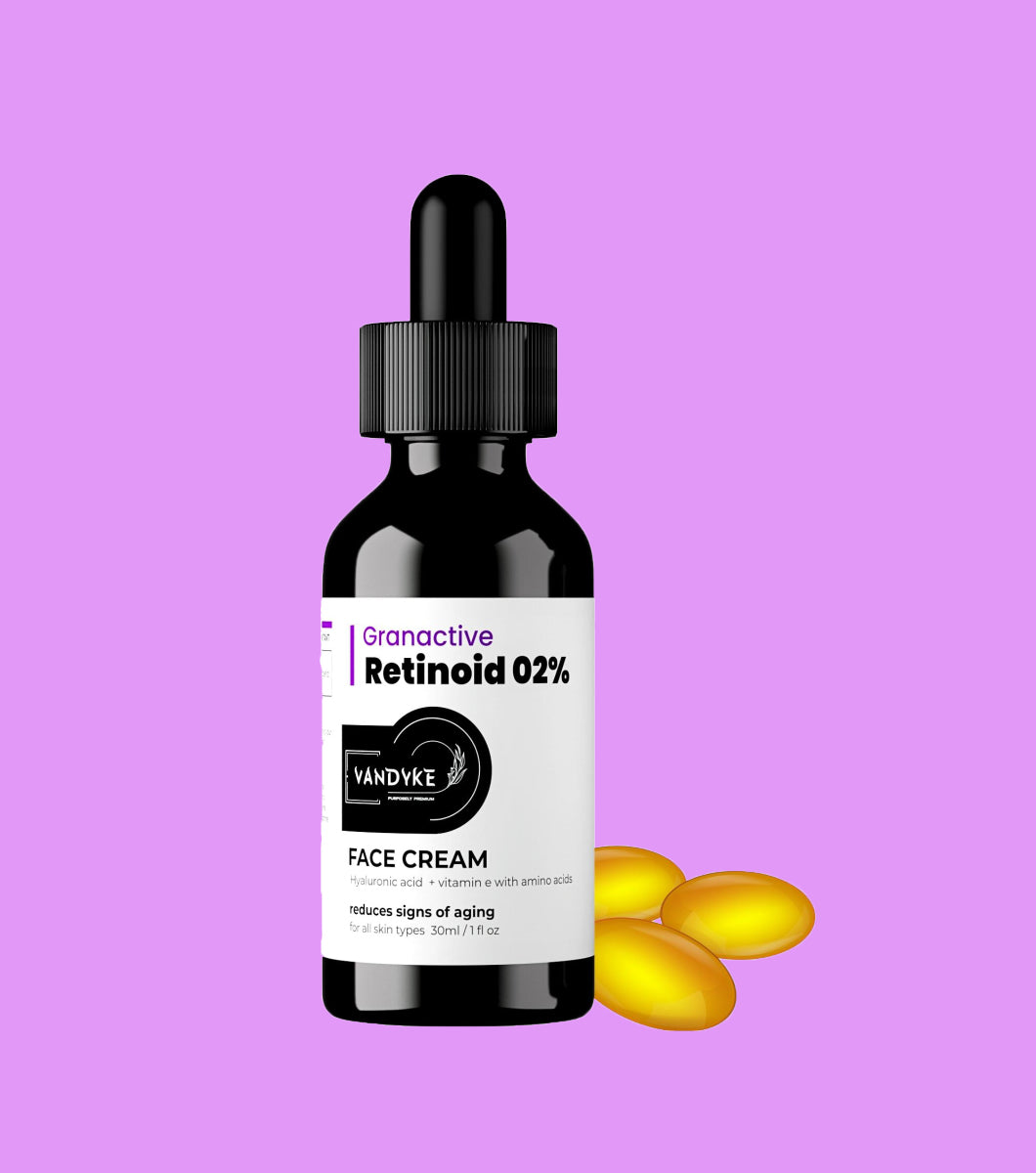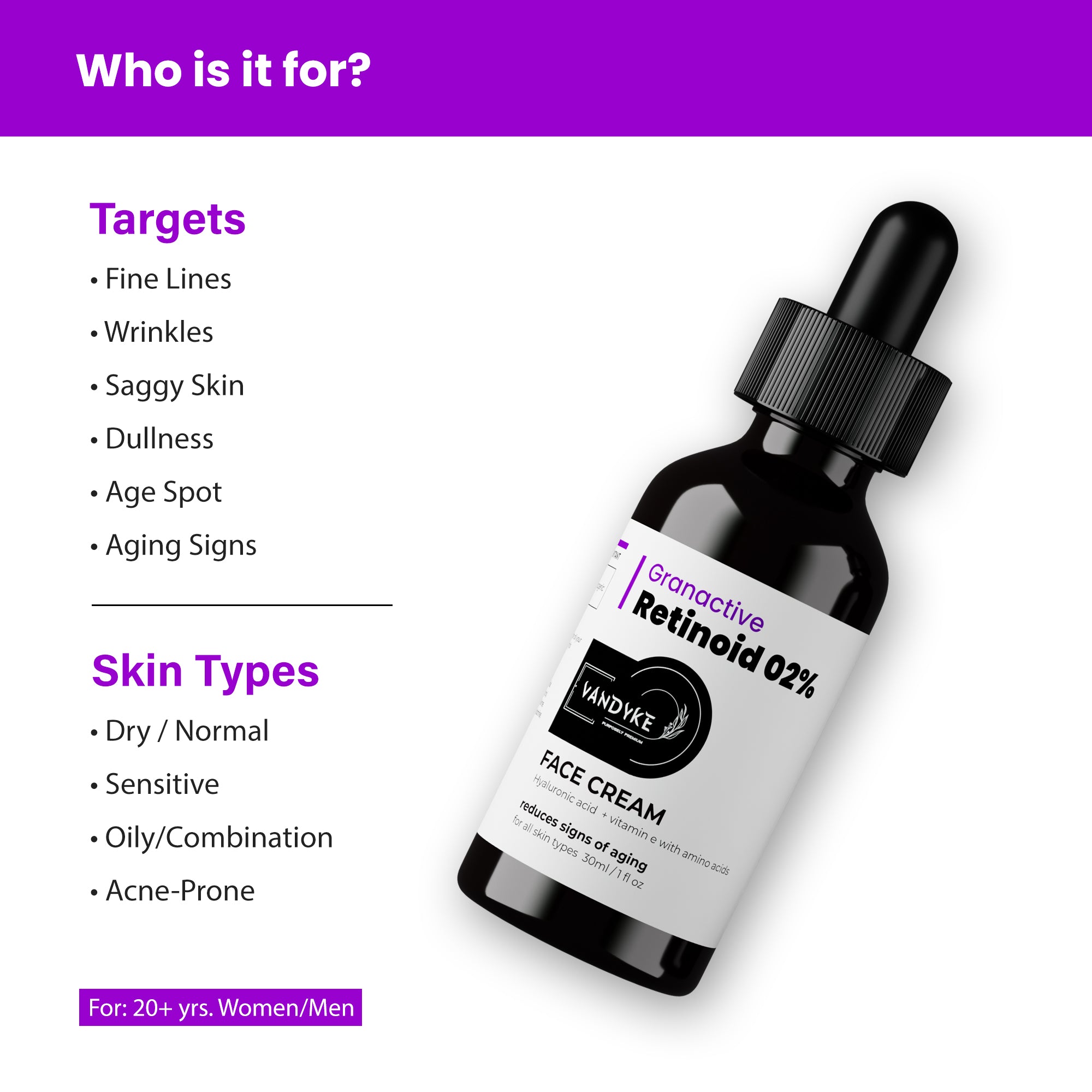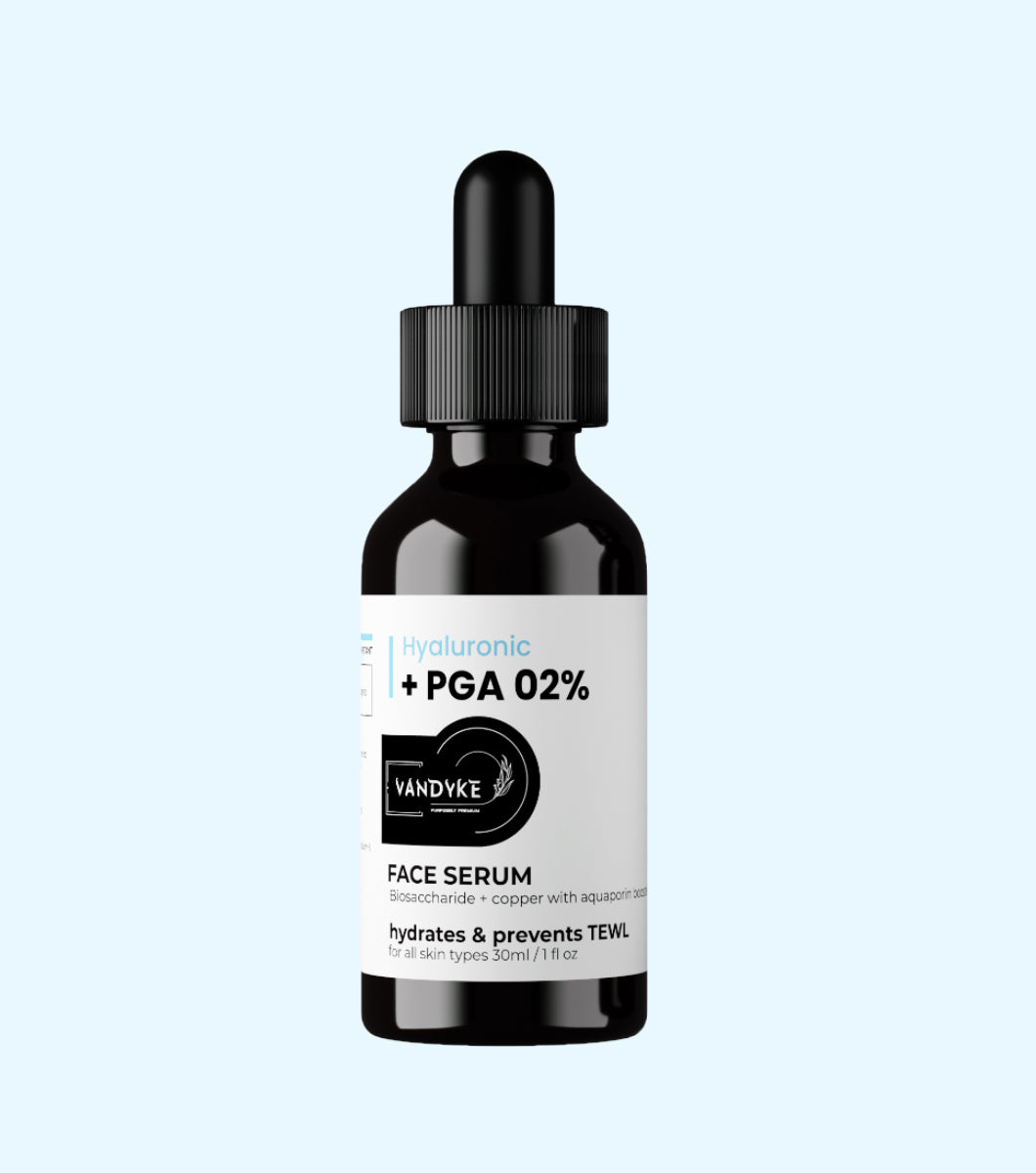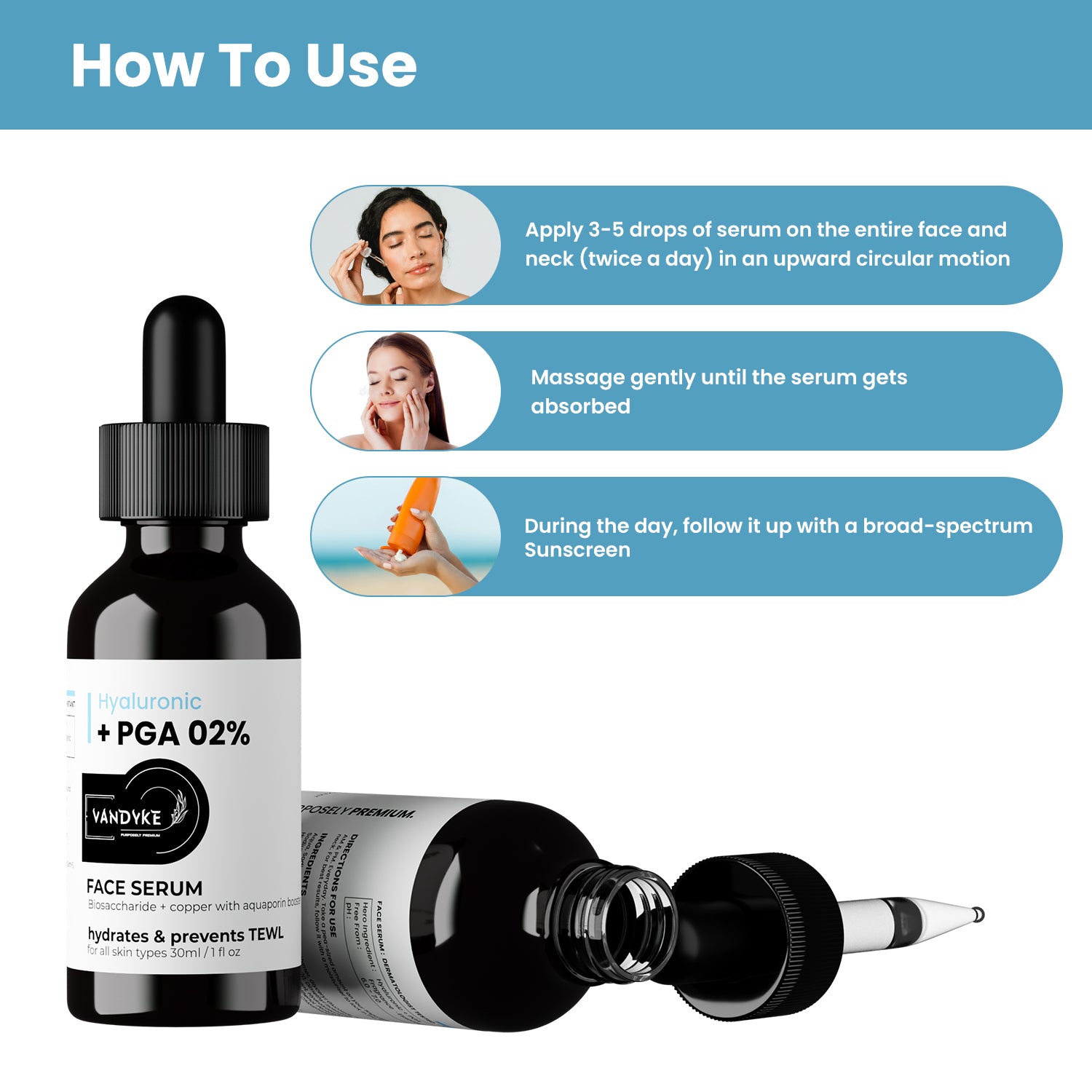
Difference Between AHA and BHA?

Difference Between AHA and BHA?
When achieving a glowing and rejuvenated complexion, face serums have become the holy grail of skincare. Among the myriad options available, AHA (Alpha Hydroxy Acid) and BHA (Beta Hydroxy Acid) serums have gained immense popularity due to their exfoliating properties. But What are these acids exactly and how do they work? In this blog, we will delve into the world of AHA and BHA face serums, unravel their differences, and help you decide which one suits your skin best.
Understanding AHA and BHA
AHA and BHA are two types of hydroxy acids commonly used in skincare products. They are both exfoliants, which means that they help remove dead skin cells from the skin’s surface. However, they have different properties and are more suitable for different skin types and conditions.
- AHAs are derived from fruit and milk and are water soluble. They work by breaking down the bonds that hold dead skin cells together, allowing them to be easily washed away. AHAs often treat dry skin, sun damage, and hyperpigmentation. They can also help to improve the appearance of fine lines and wrinkles.
- BHAs are derived from salicylic acid and are oil soluble acids.They work by penetrating the pores to dissolve dead skin cells and sebum.BHAs are often used to treat acne and oily skin. They can also help to reduce the appearance of enlarged pores.
Differences in Functionality
While both AHA and BHA serums offer exfoliation benefits, their functionalities differ, making them suitable for distinct skin concerns.
AHA – AHA serums primarily target the surface of the skin, working on uneven skin texture, fine lines, and hyperpigmentation. They improve skin hydration and brighten the complexion by removing dead skin cells gently. AHAs also boost collagen production, resulting in a plumper, more youthful appearance. However, individuals with sensitive skin may experience mild irritation when using AHAs, so it is recommended to start with lower concentrations and gradually increase.
AHA also used as exfoliator wanna read about it [here]
BHA – BHA serums, on the other hand, are oil-soluble, enabling them to penetrate deep into the pores. This property makes them highly effective in treating acne, blackheads, and whiteheads. BHA works by dissolving excess sebum and unclogging congested pores, thus preventing future breakouts. It also possesses anti-inflammatory properties, which help soothe irritated skin. BHA serums are suitable for individuals with oily, acne-prone, or combination skin.
Choosing the Right Serum for Your Skin
Determining which serum is best for your skin type requires careful consideration.
Skin Type: If you have normal to dry skin with concerns like dullness, fine lines, or hyperpigmentation, AHA serums are a great choice. For oily or acne-prone skin, BHA serums are better suited due to their ability to control oil production and treat acne-related issues.
Sensitivity: If you have sensitive skin, it is advisable to start with lower concentrations and perform patch tests to gauge your skin’s tolerance to either AHA or BHA.
Combination Skin: If you have a combination skin type, incorporating both AHA and BHA serums into your skincare routine might be beneficial. Use AHA serums on areas prone to dryness or hyperpigmentation, and BHA serums on areas prone to oiliness or breakouts. This targeted approach can address multiple skin concerns effectively.
Concentration and pH Level: Pay attention to the concentration and pH level of the serums you choose. Higher concentrations and lower pH levels can result in stronger exfoliation, which may be suitable for some skin types but can be too harsh for others. Start with lower concentrations and then gradually increase it if your skin tolerates that.
Patch Testing and Gradual Introduction: Before incorporating any new serum into your routine, it’s essential to perform a patch test. Apply a small amount of the serum on a small area of your skin and observe for any adverse reactions. If all is well, gradually introduce the serum into your routine, starting with a few times a week and gradually increasing frequency as your skin adjusts.
Shared Benefits Of Both
Hydroxy acids are a group of compounds that have been shown to have a number of benefits for the skin, including improving sun-damaged skin, reducing wrinkles, and clearing acne.
Two of the most common types of hydroxy acids are alpha hydroxy acids (AHAs) and beta hydroxy acids (BHAs). AHAs work by breaking down the bonds that hold dead skin cells together, which helps to exfoliate the skin. BHAs, on the other hand, are oil-soluble, so they can penetrate deeper into the skin and help to clear out clogged pores.
Both AHAs and BHAs are considered to be safe and effective when used as directed. However, it is important to start with a low concentration and gradually increase the strength as your skin gets used to it. You should also avoid using hydroxy acids if you have sensitive skin or if you are pregnant or breastfeeding.
Hydroxy acids are available in a variety of over-the-counter products, including creams, lotions, and serums. They can also be found in some prescription products.
If you are considering using hydroxy acids, it is important to talk to your doctor or a dermatologist first. They can help you choose the right product for your skin and determine the appropriate concentration and frequency of use.
Vandyke have Vandyke 10% AHA BHA Exfoliator and Vandyke AHA 25% + BHA 2% + PHA 5% exfoliator you both of these serums contain both AHA and BHA acids. These serums are mild exfoliators. That helps you a lot for removing dead skin cells on your skin.
Conclusion
AHA and BHA face serums offer powerful exfoliation and skin-renewing benefits, but they cater to different skin concerns. AHA serums are ideal for normal to dry skin types, addressing issues like uneven texture and hyperpigmentation, while BHA serums are effective for oily, acne-prone skin, combating breakouts and unclogging pores. It’s crucial to understand your skin type, sensitivity, and desired outcomes before choosing the right serum. Remember to start with lower concentrations, perform patch tests, and gradually introduce the serum into your routine for optimal results. With the right choice, you can unlock the magic of exfoliation and achieve a healthier, glowing complexion.
